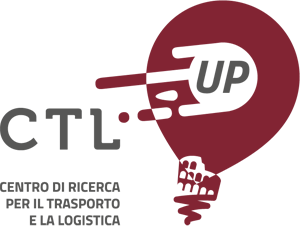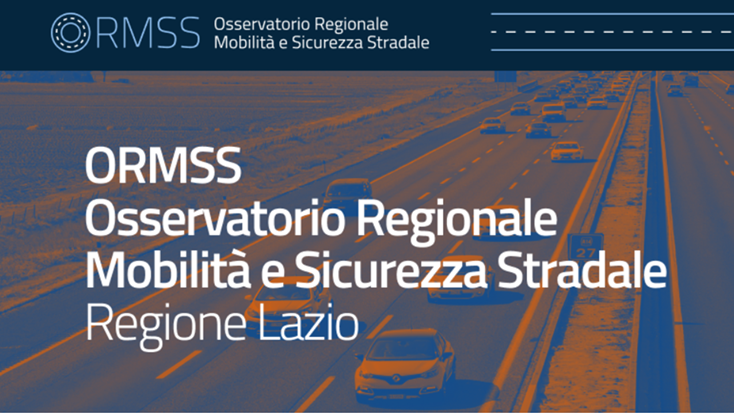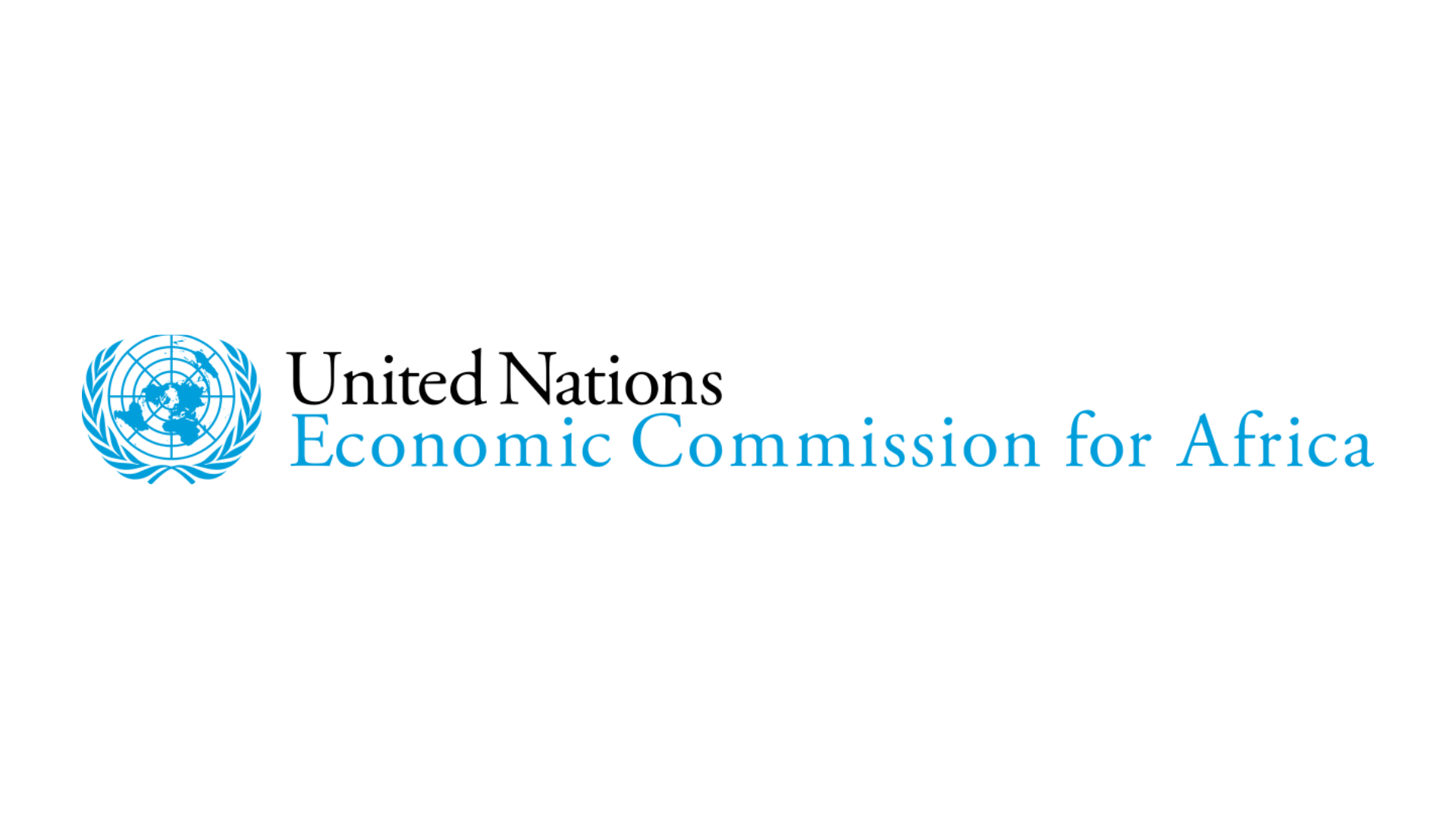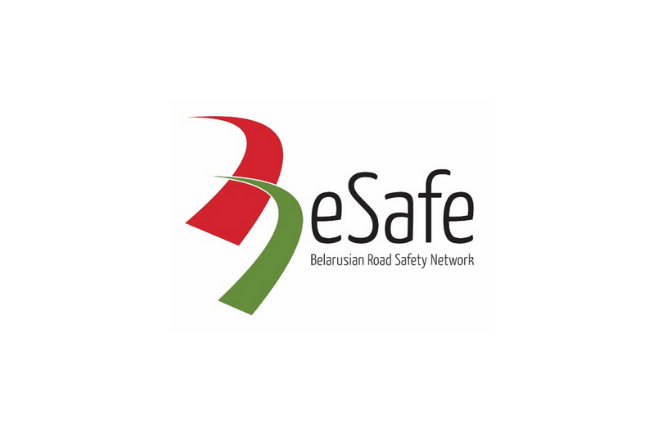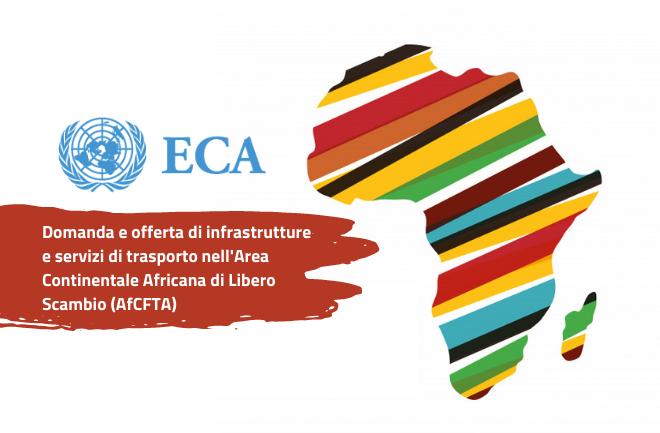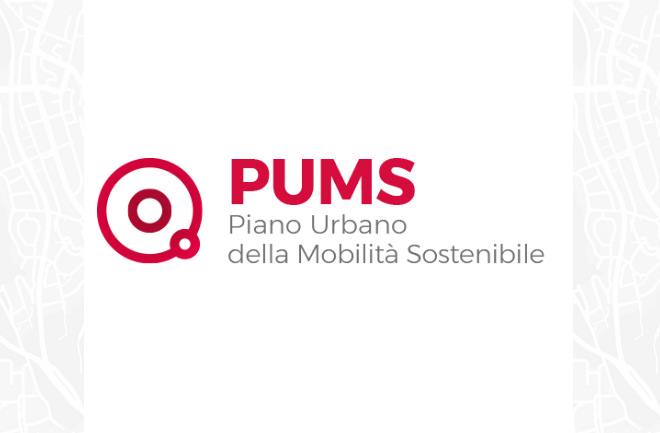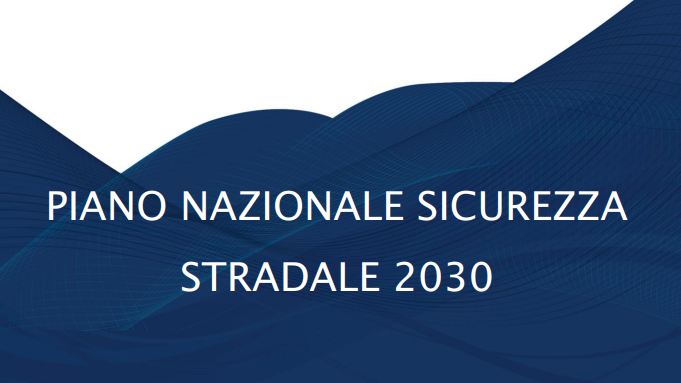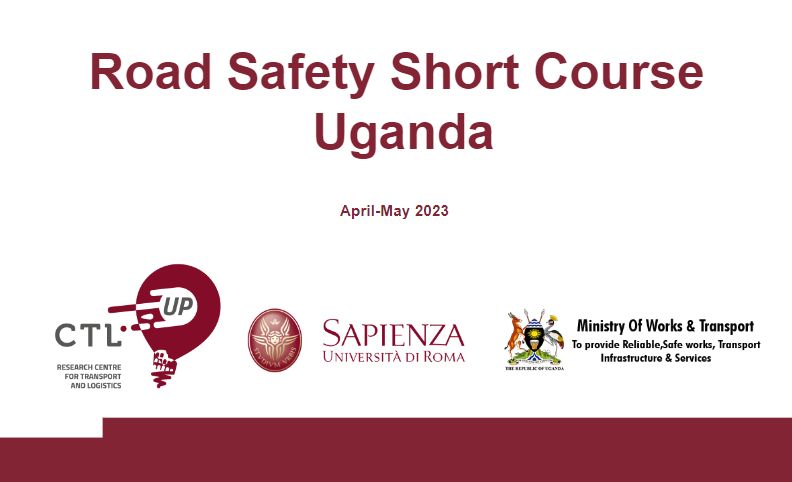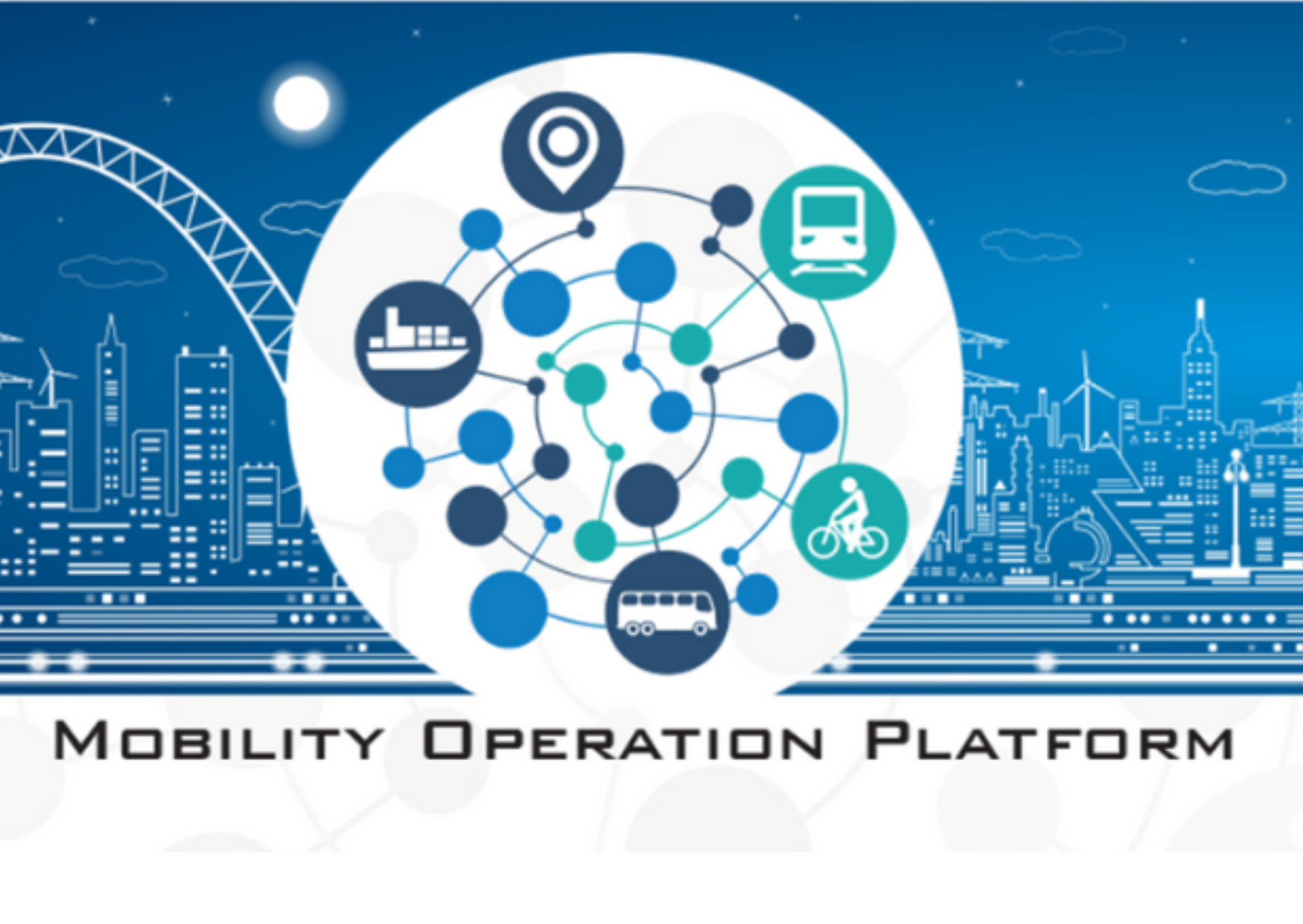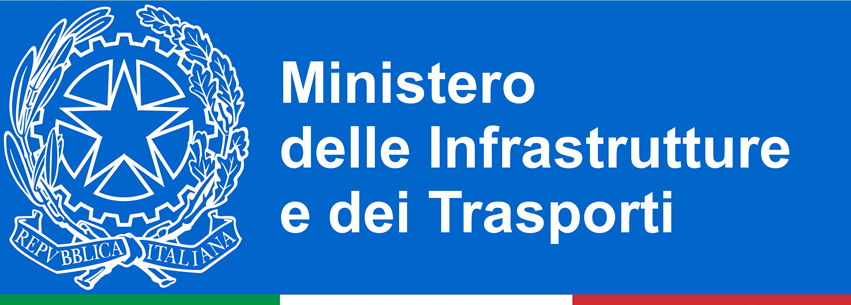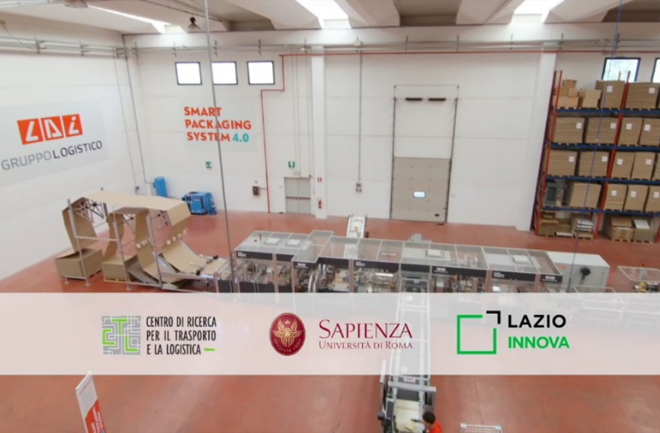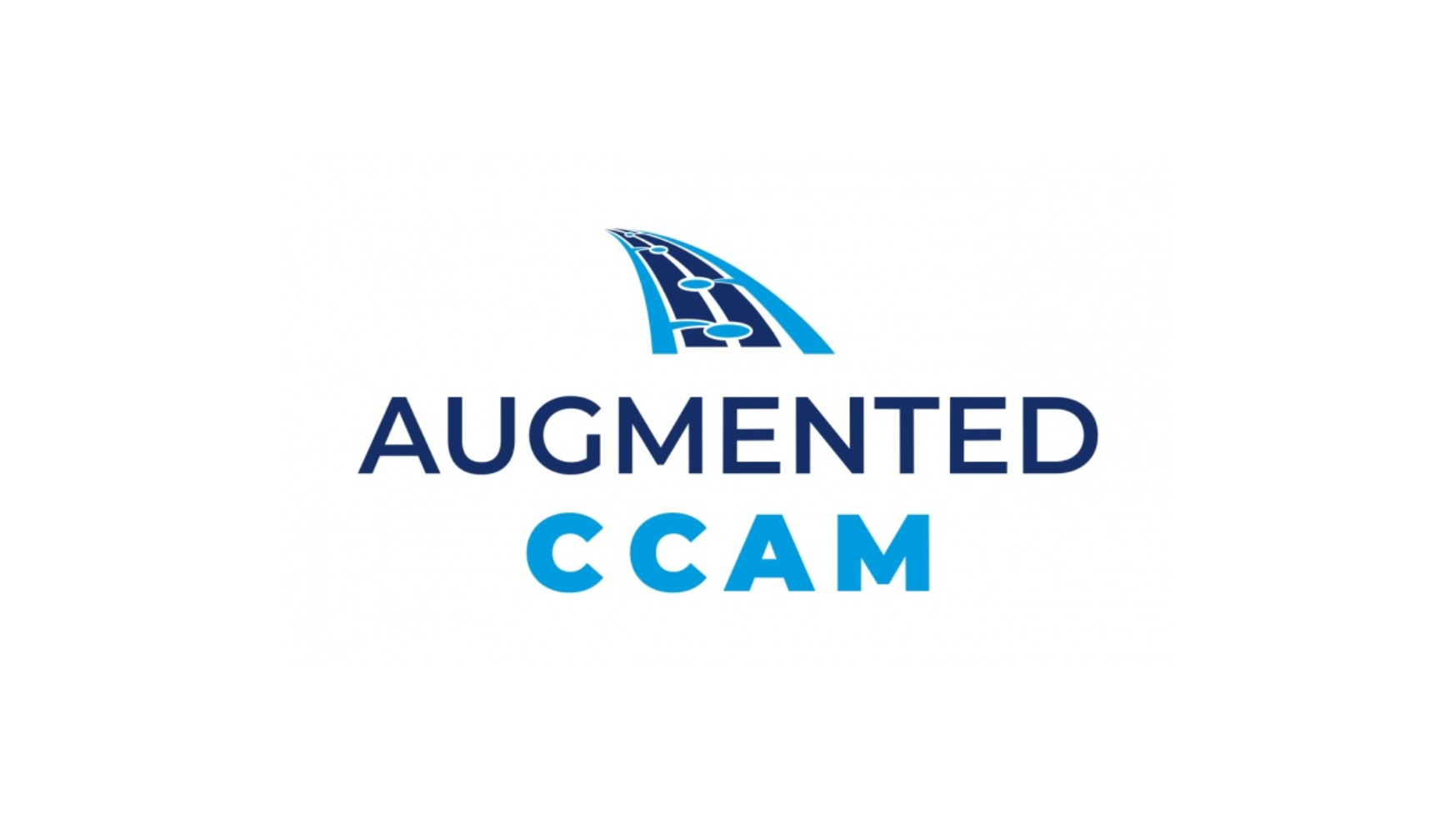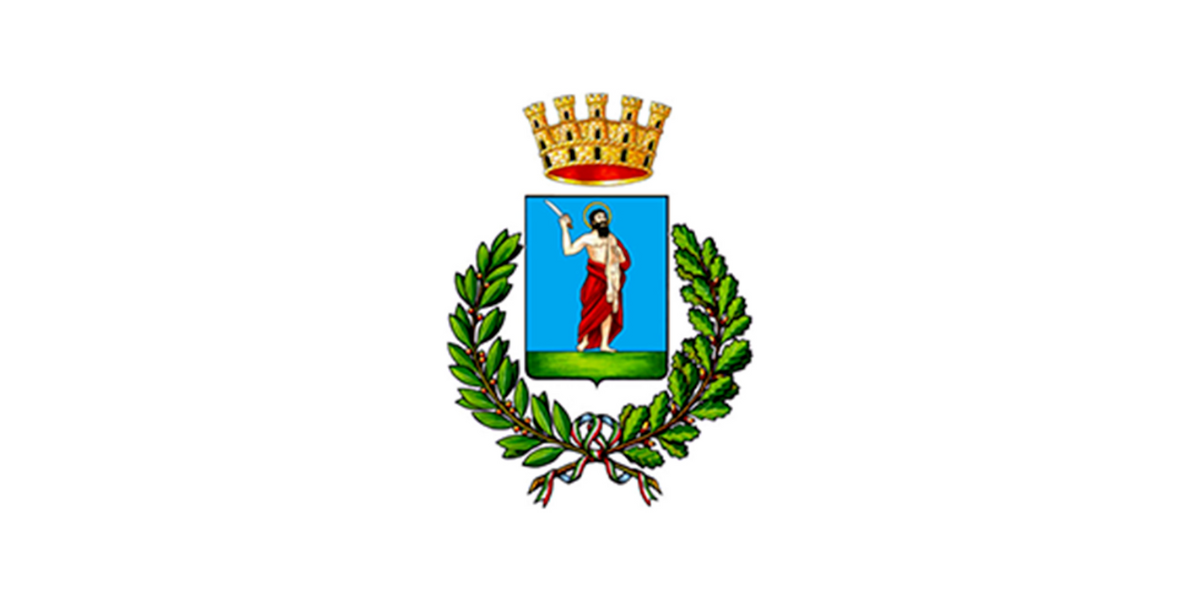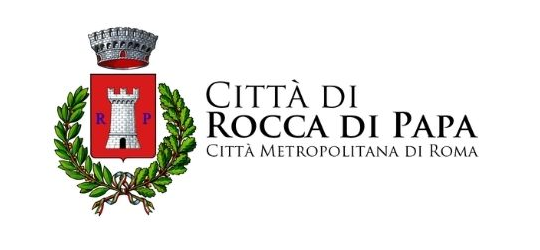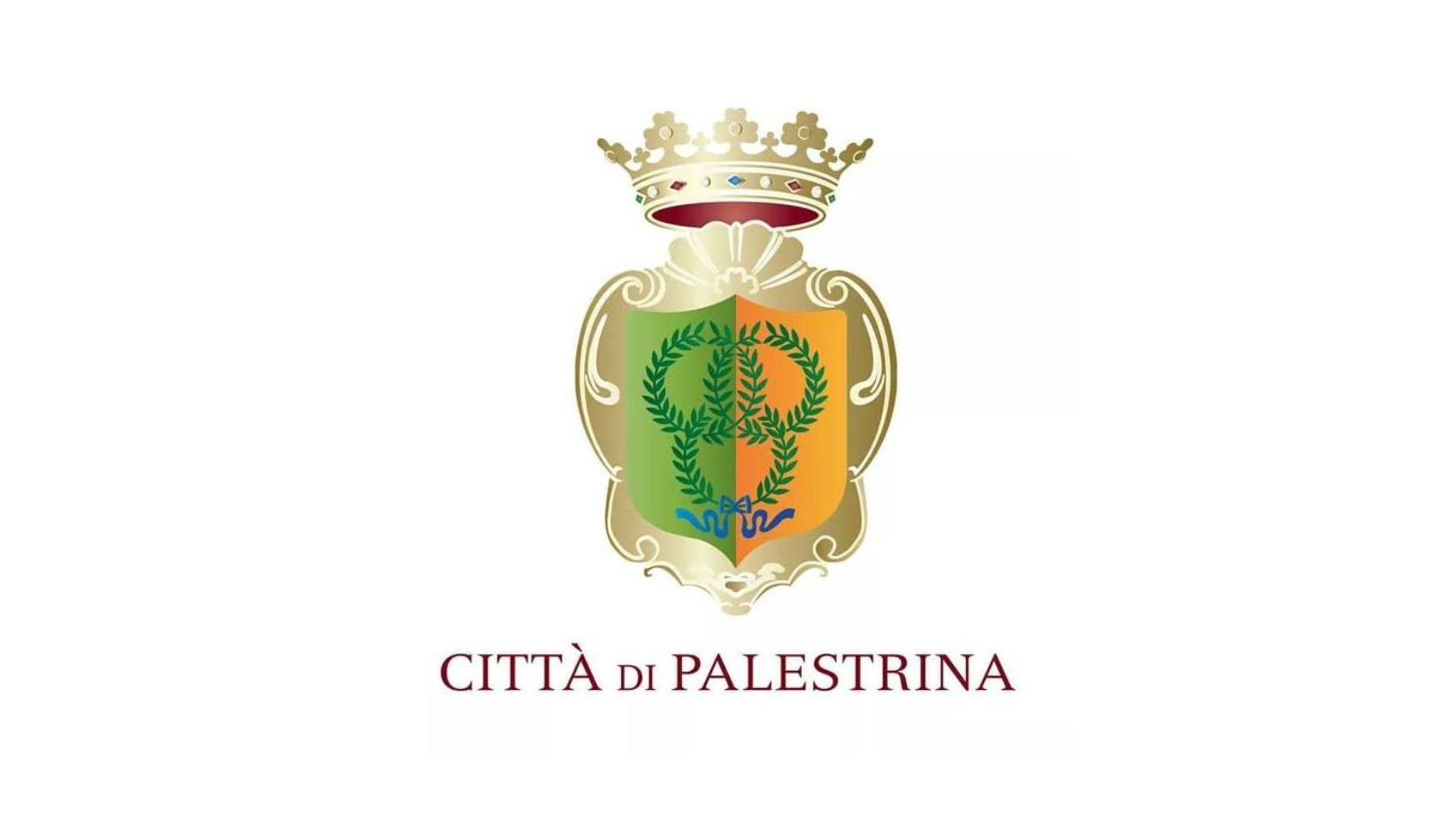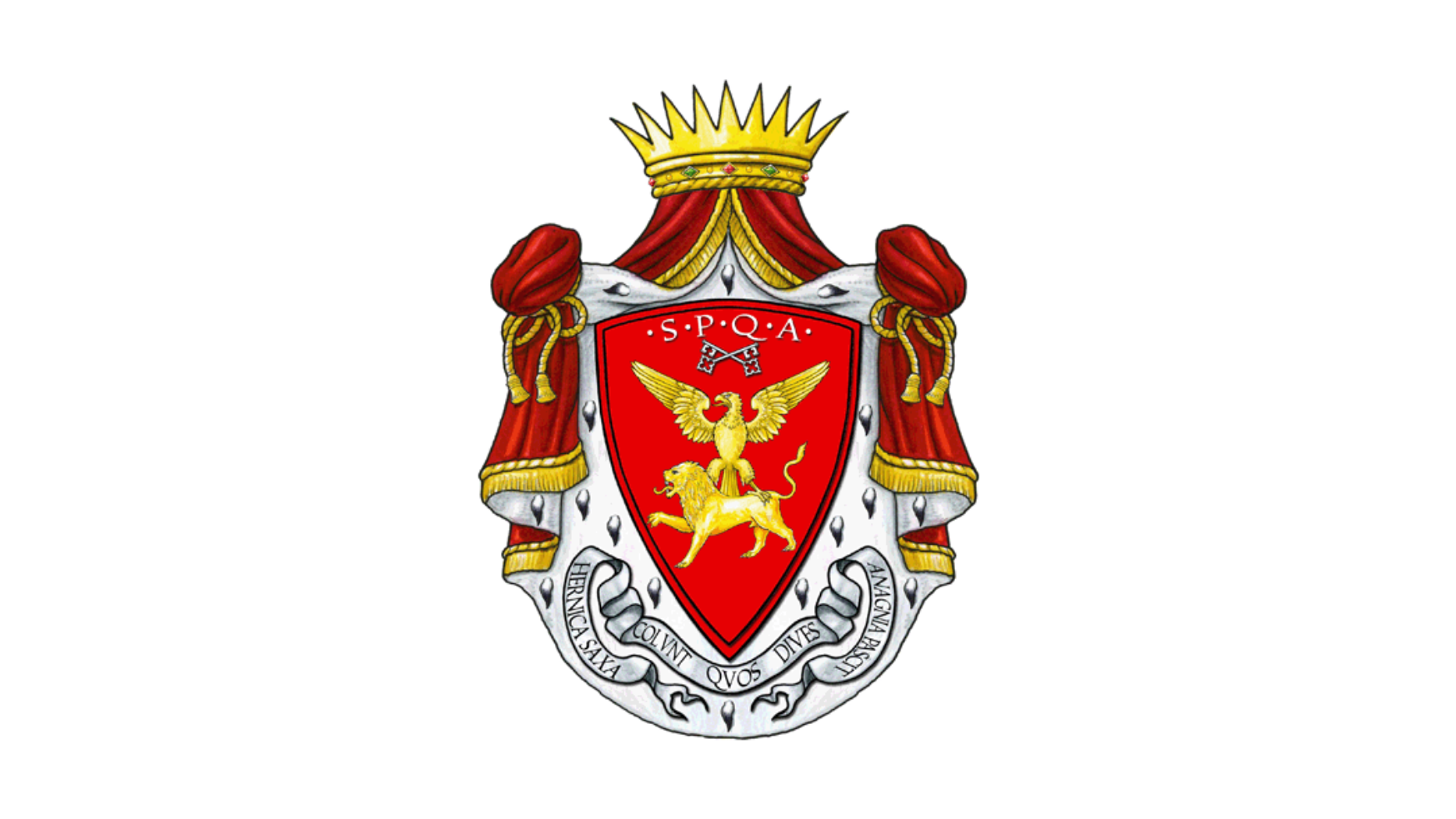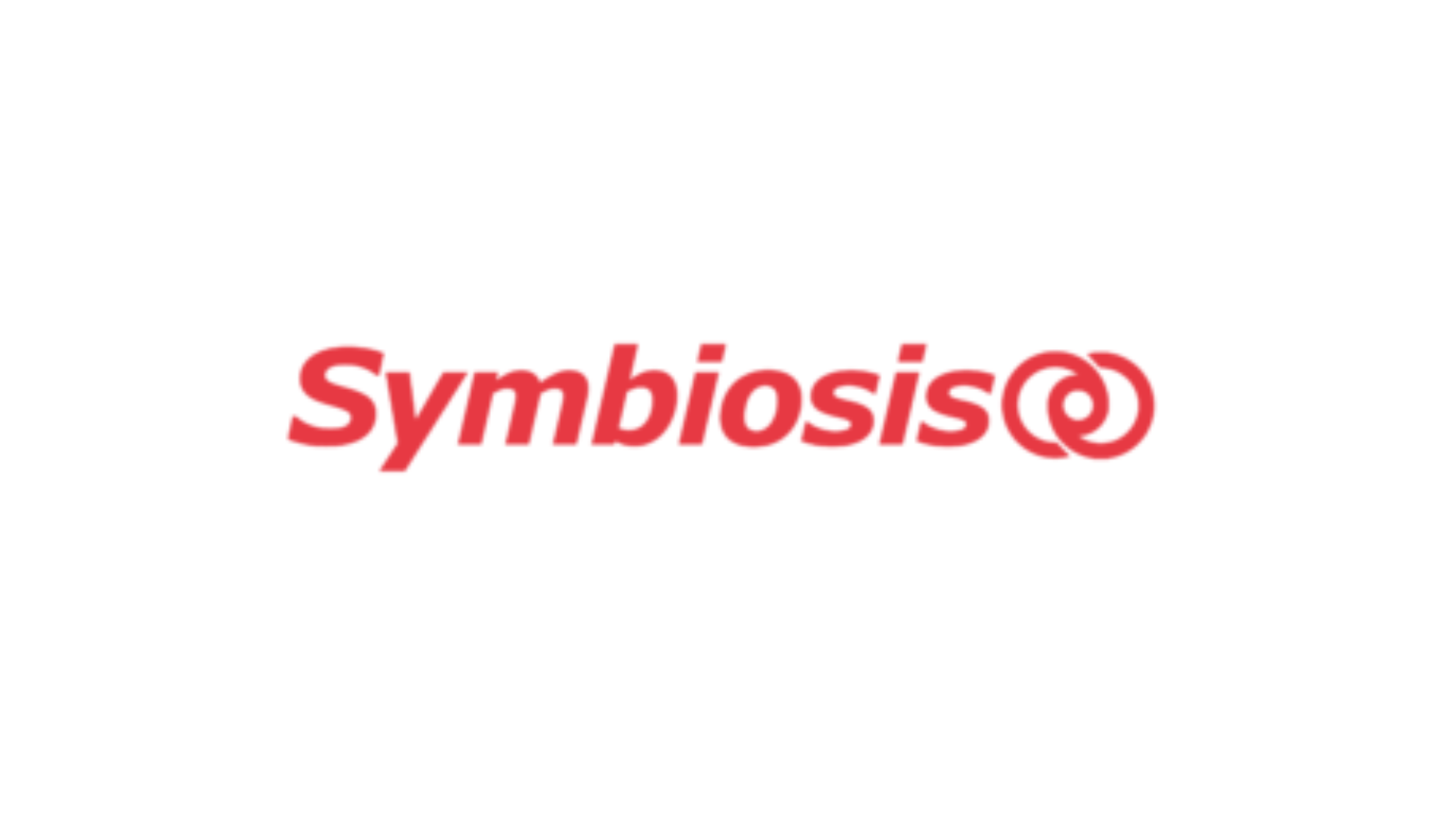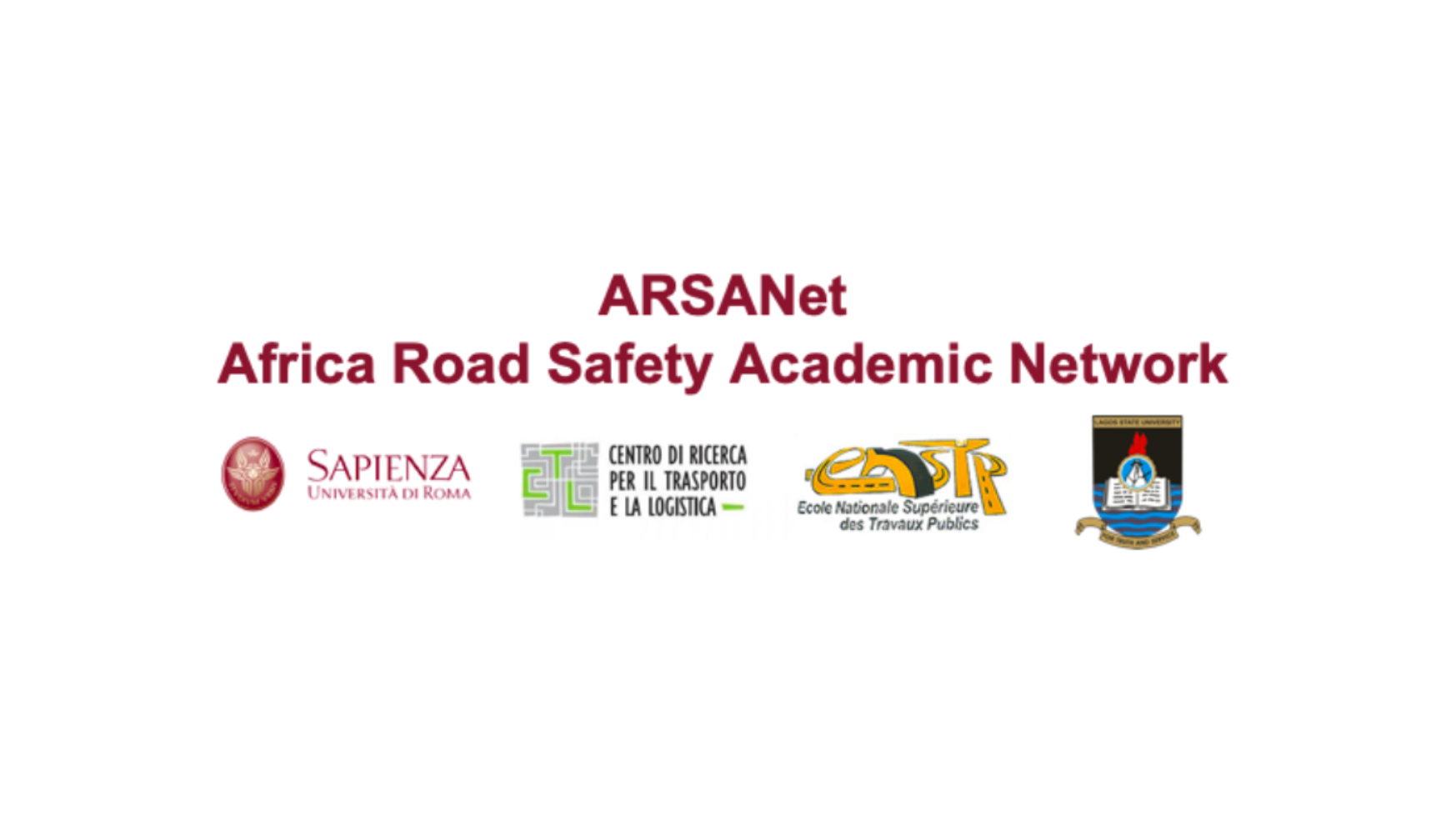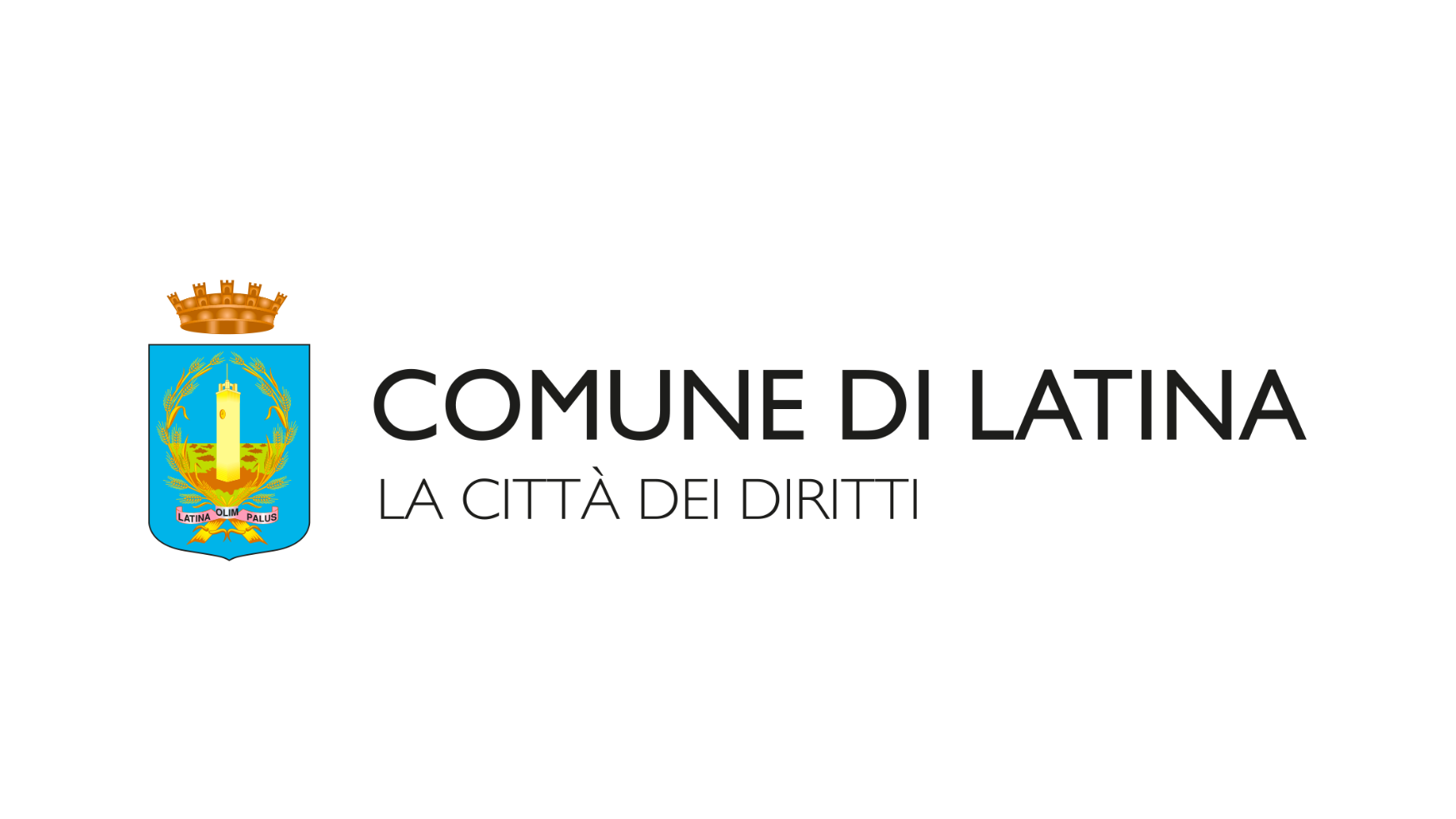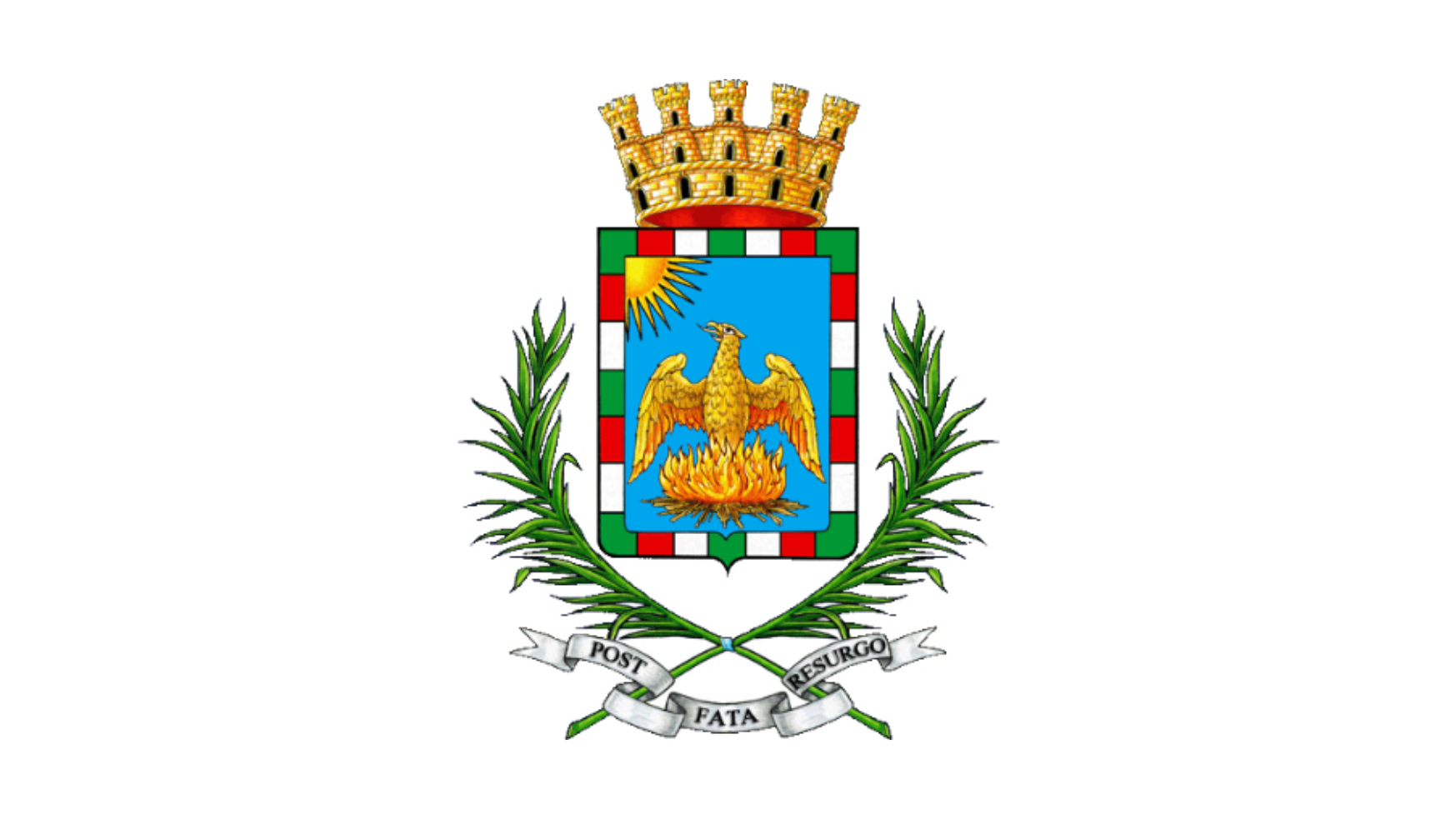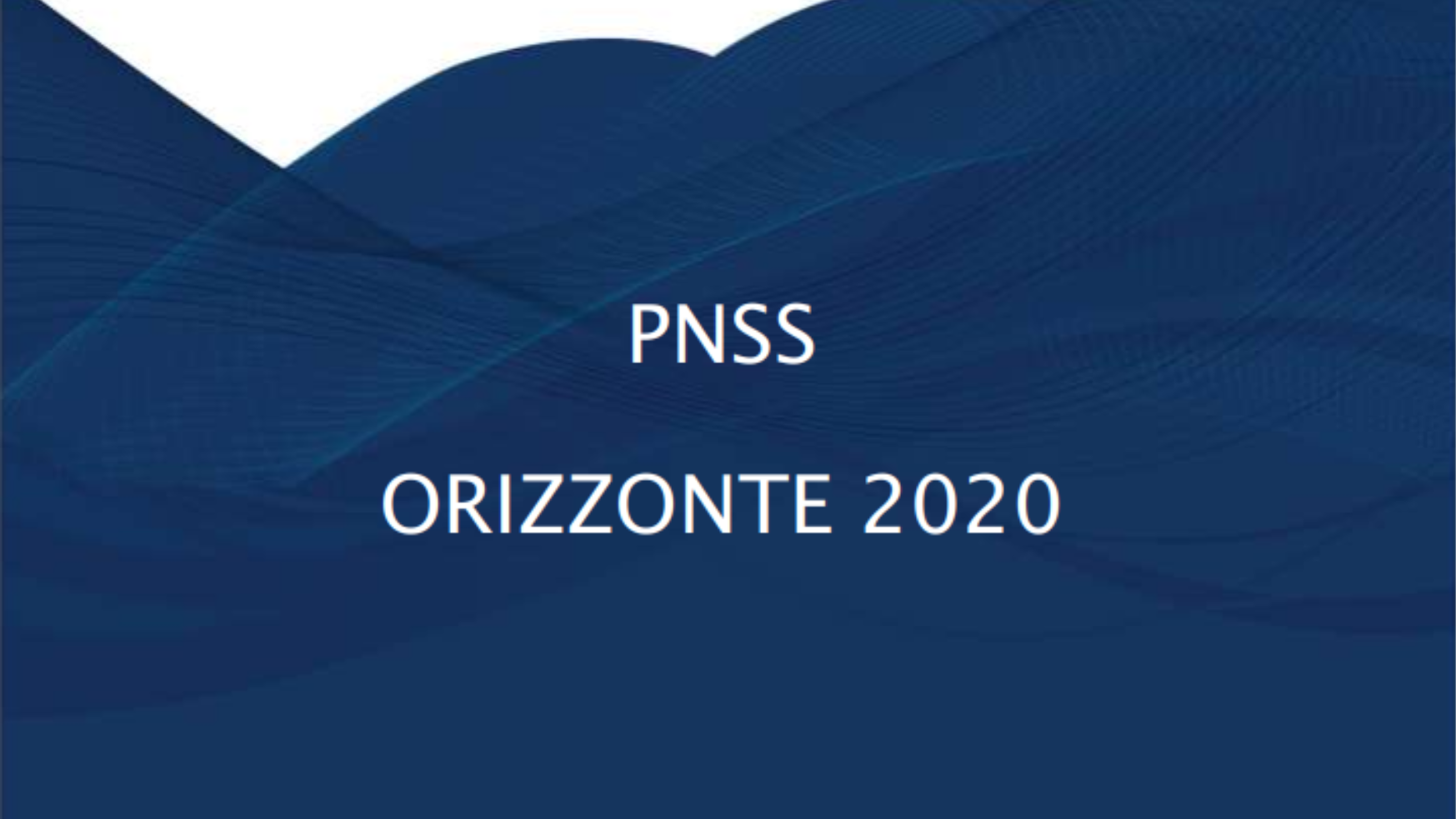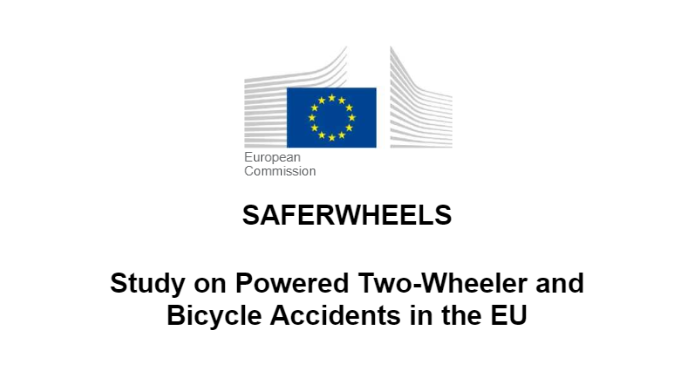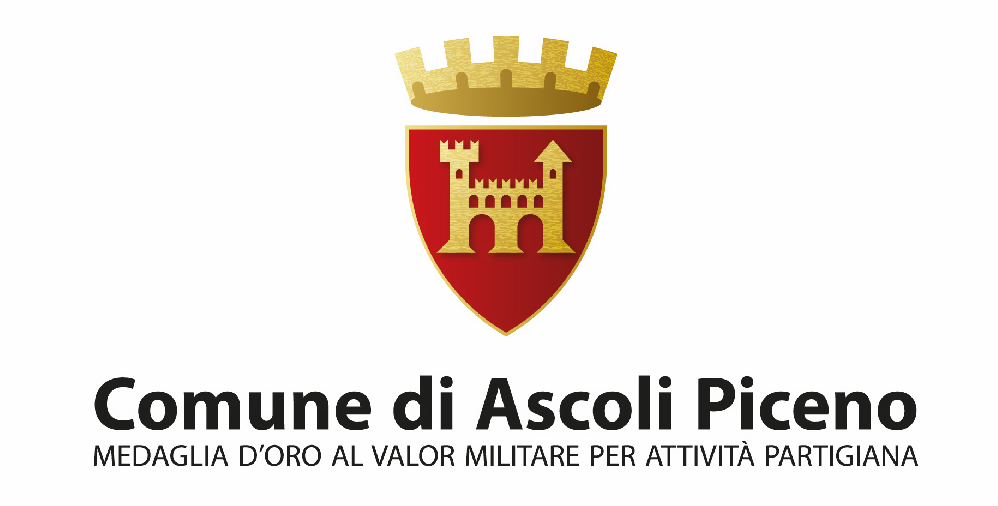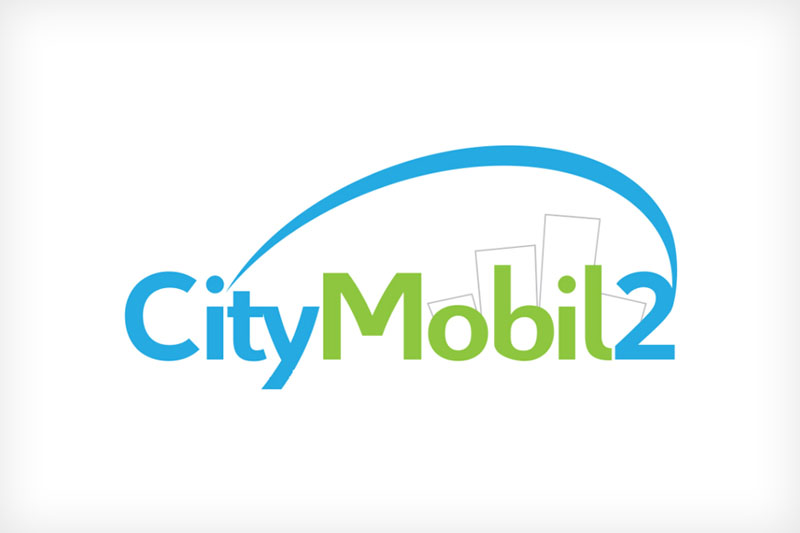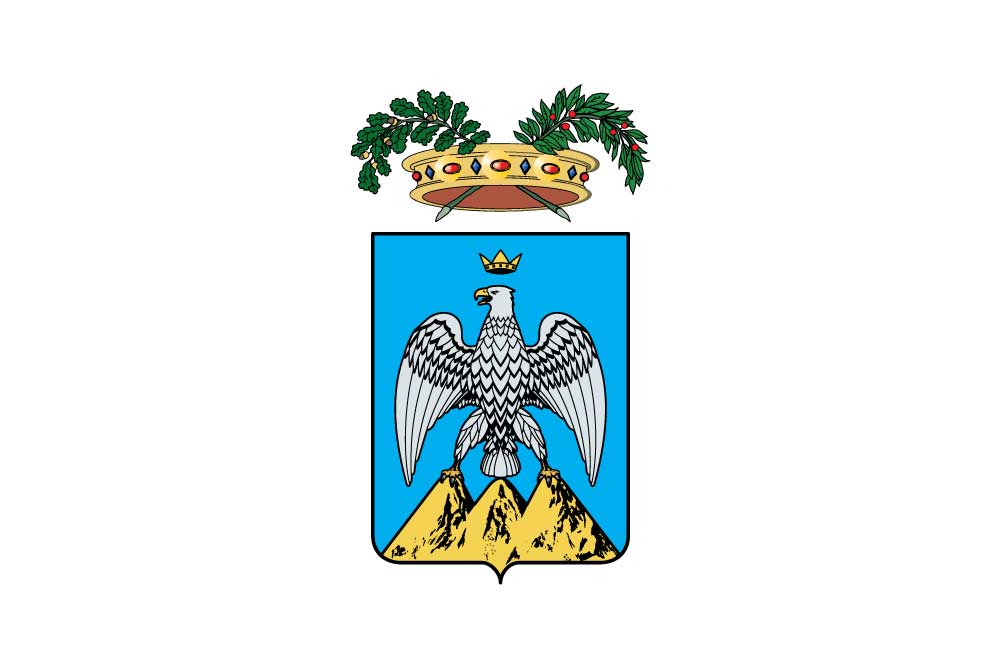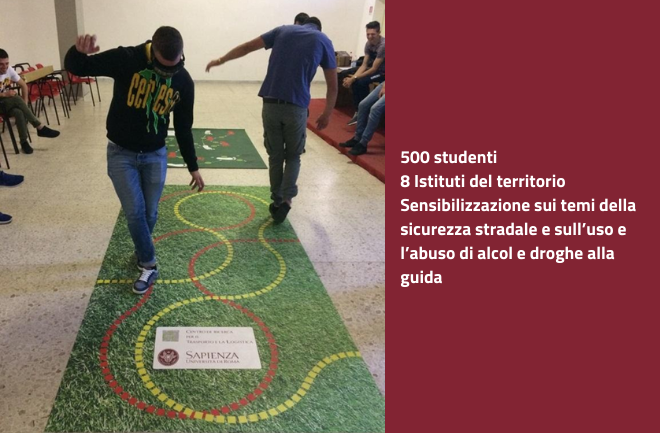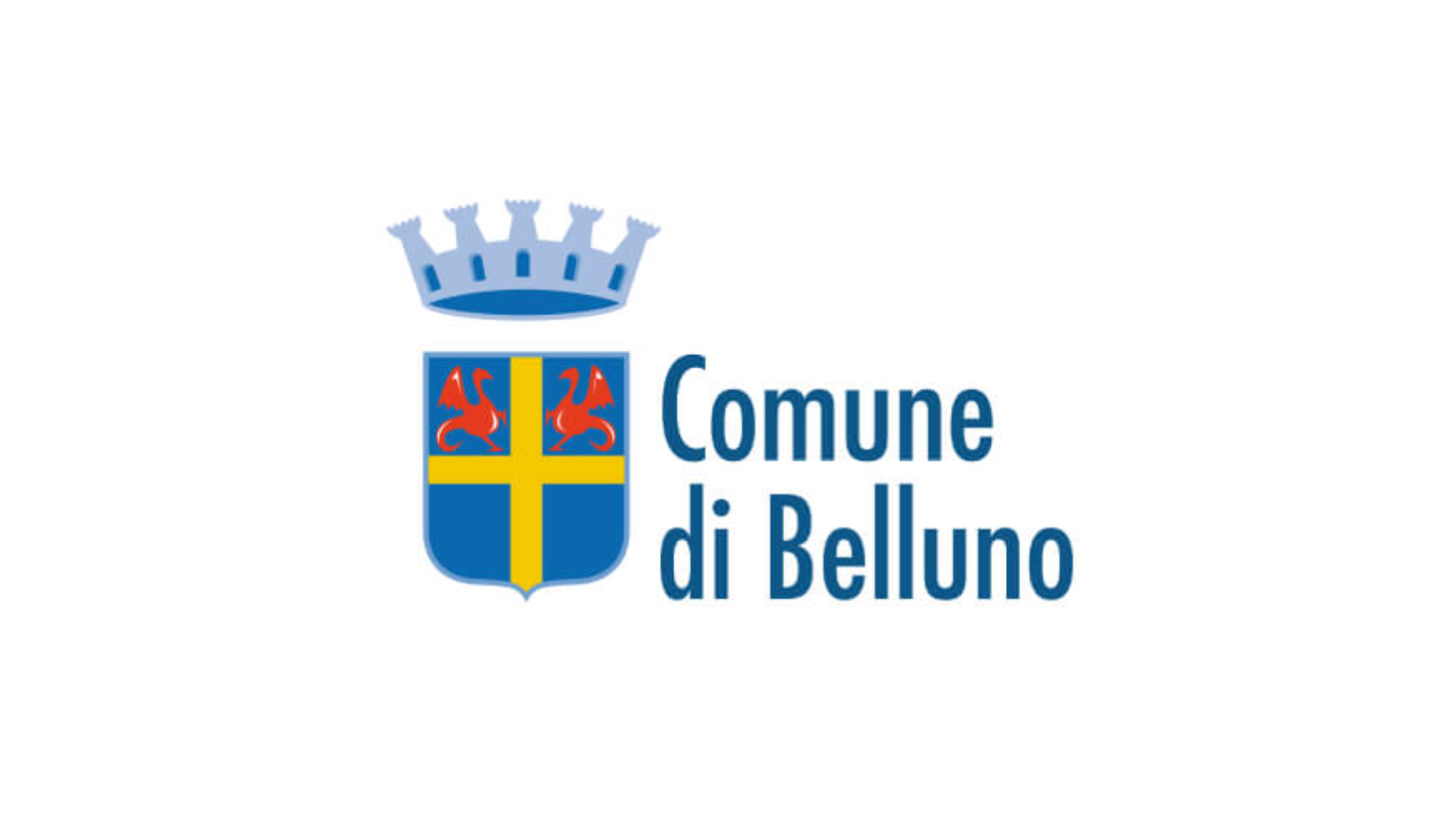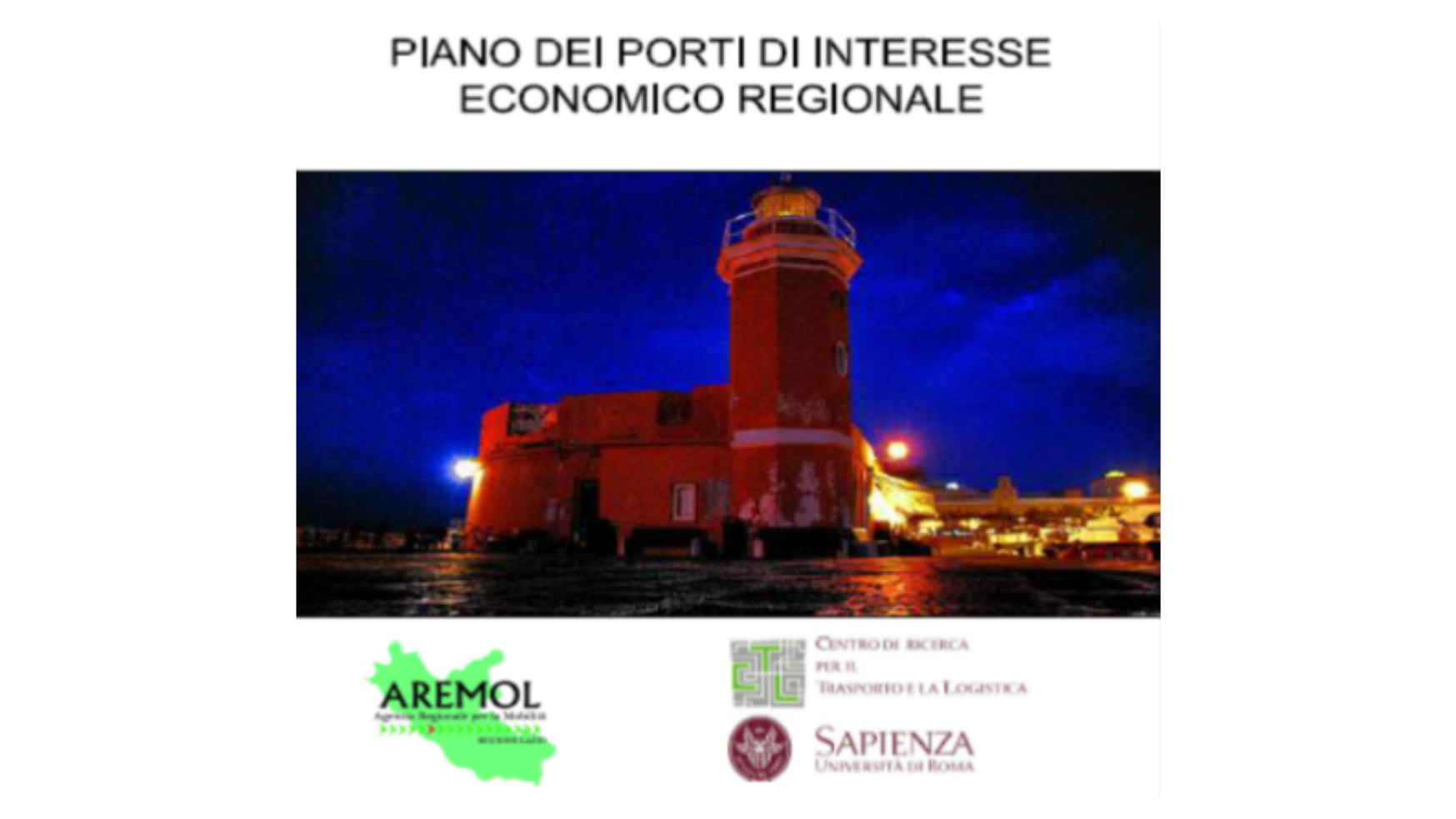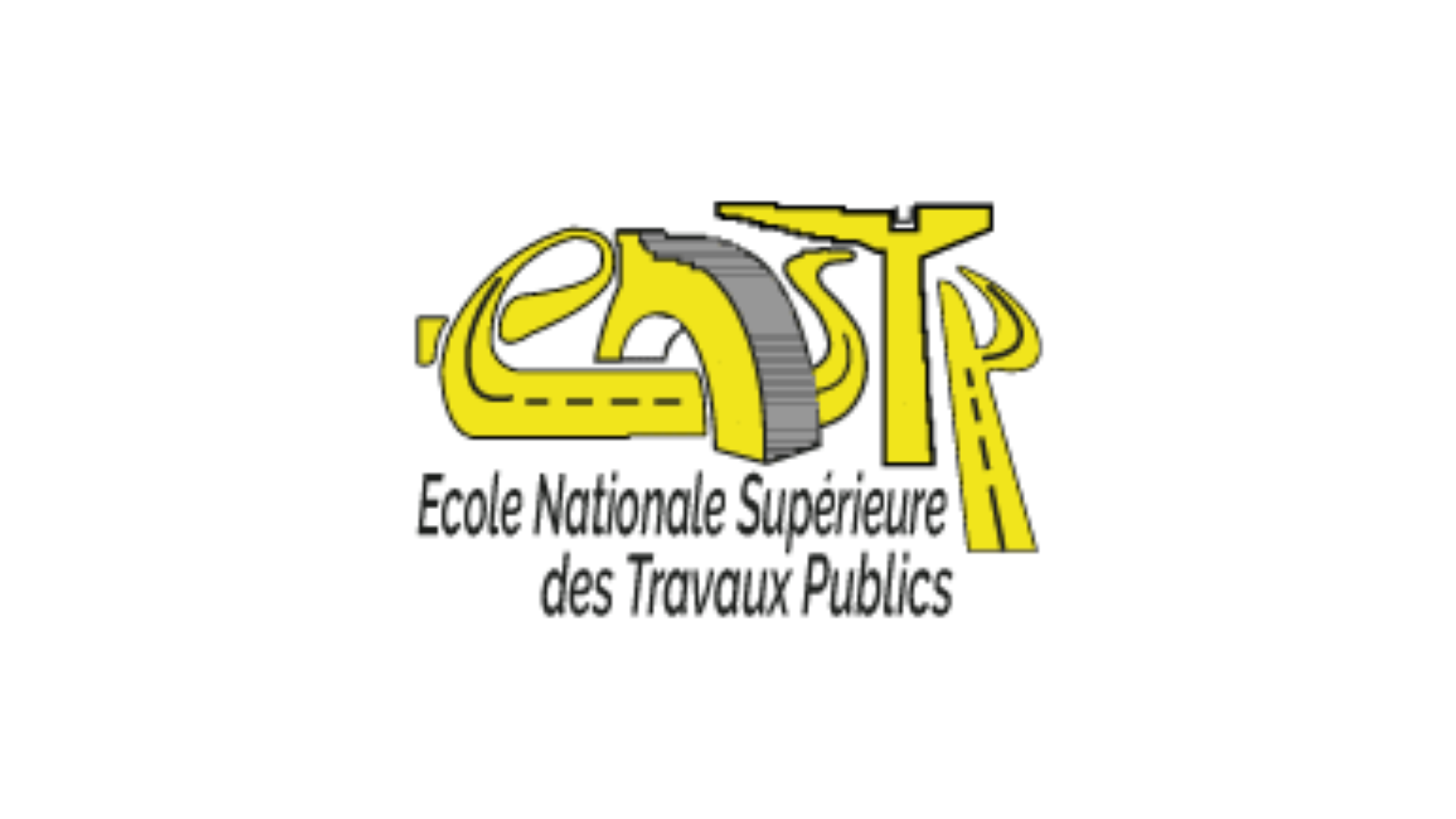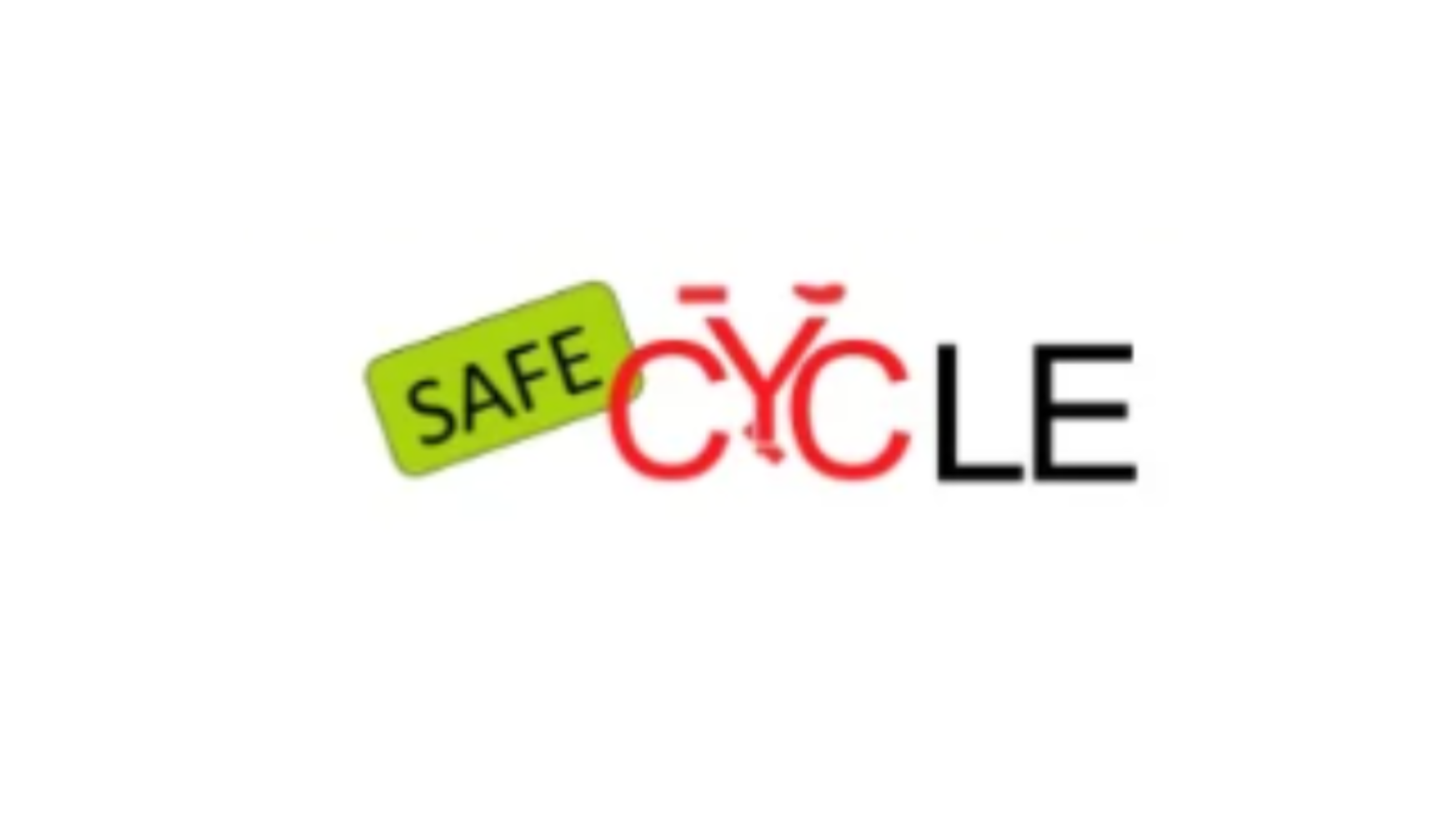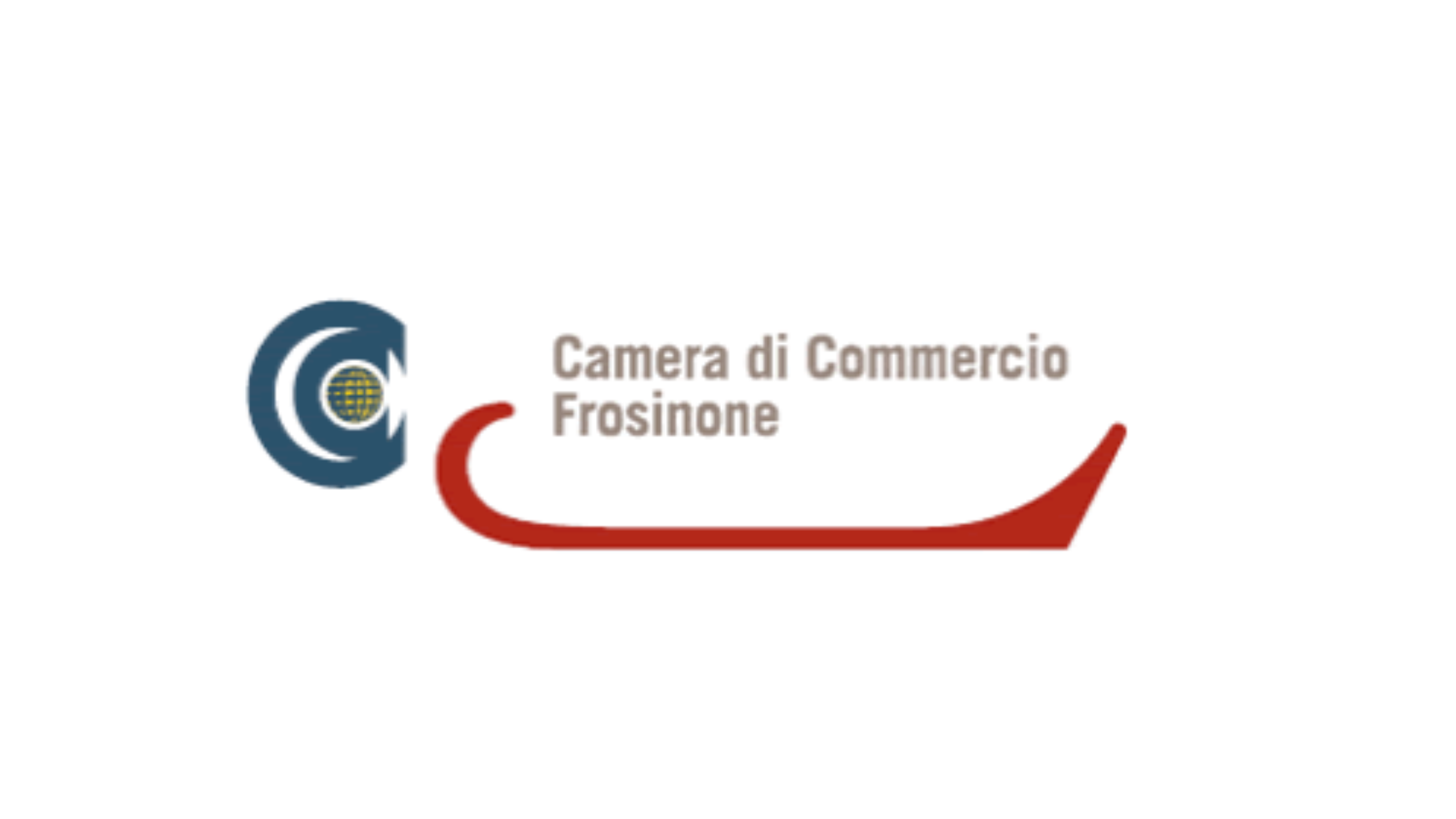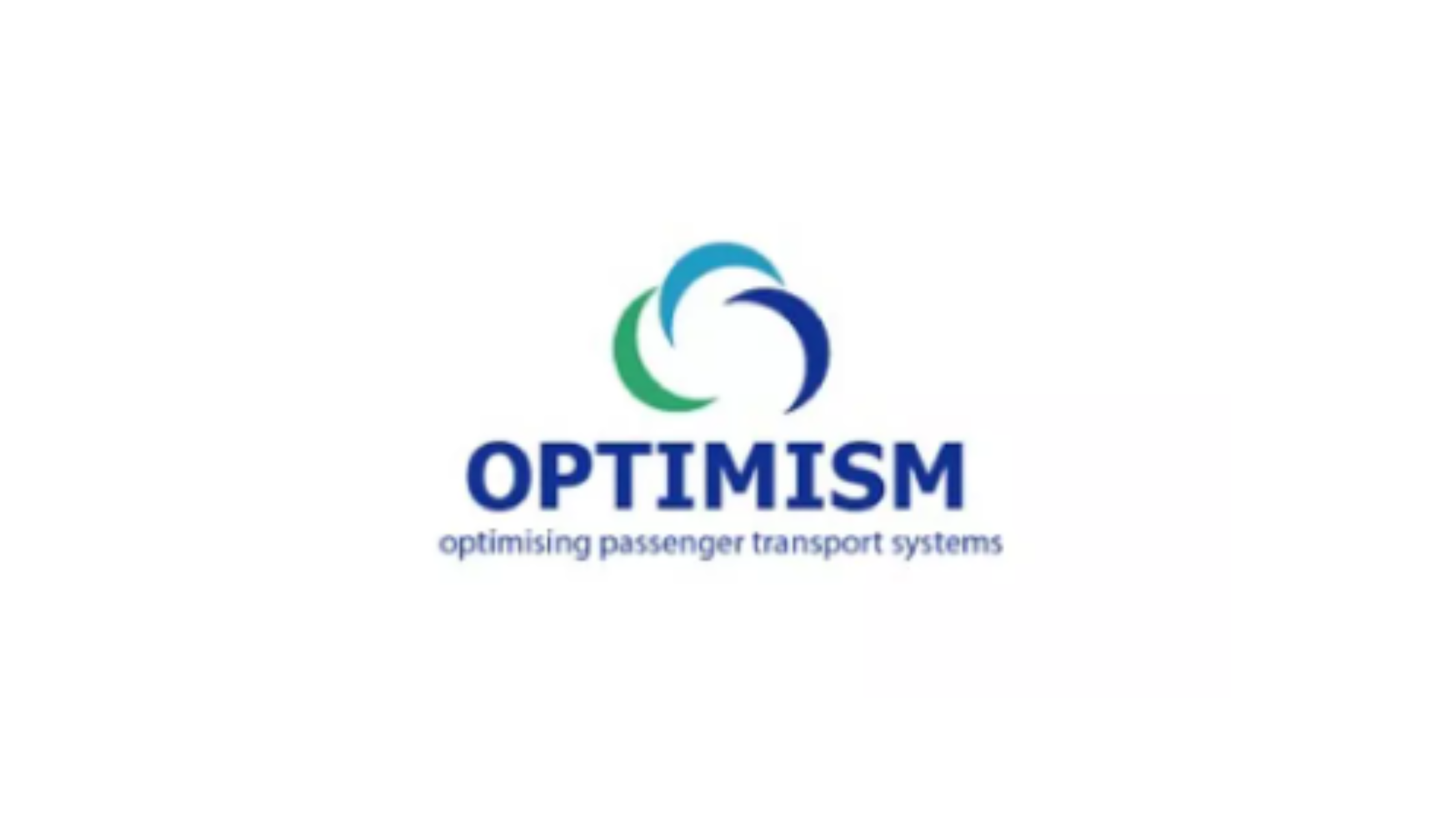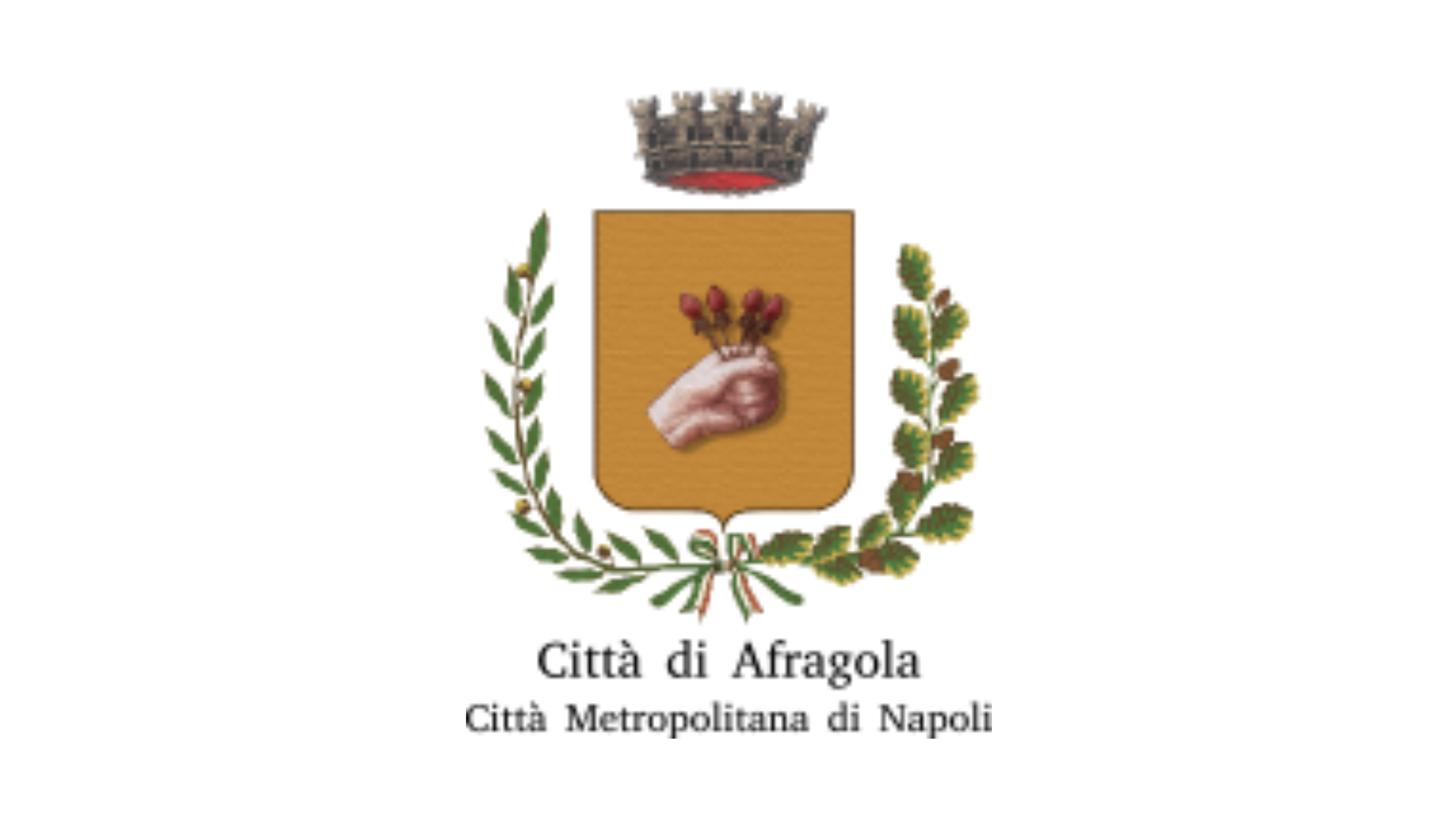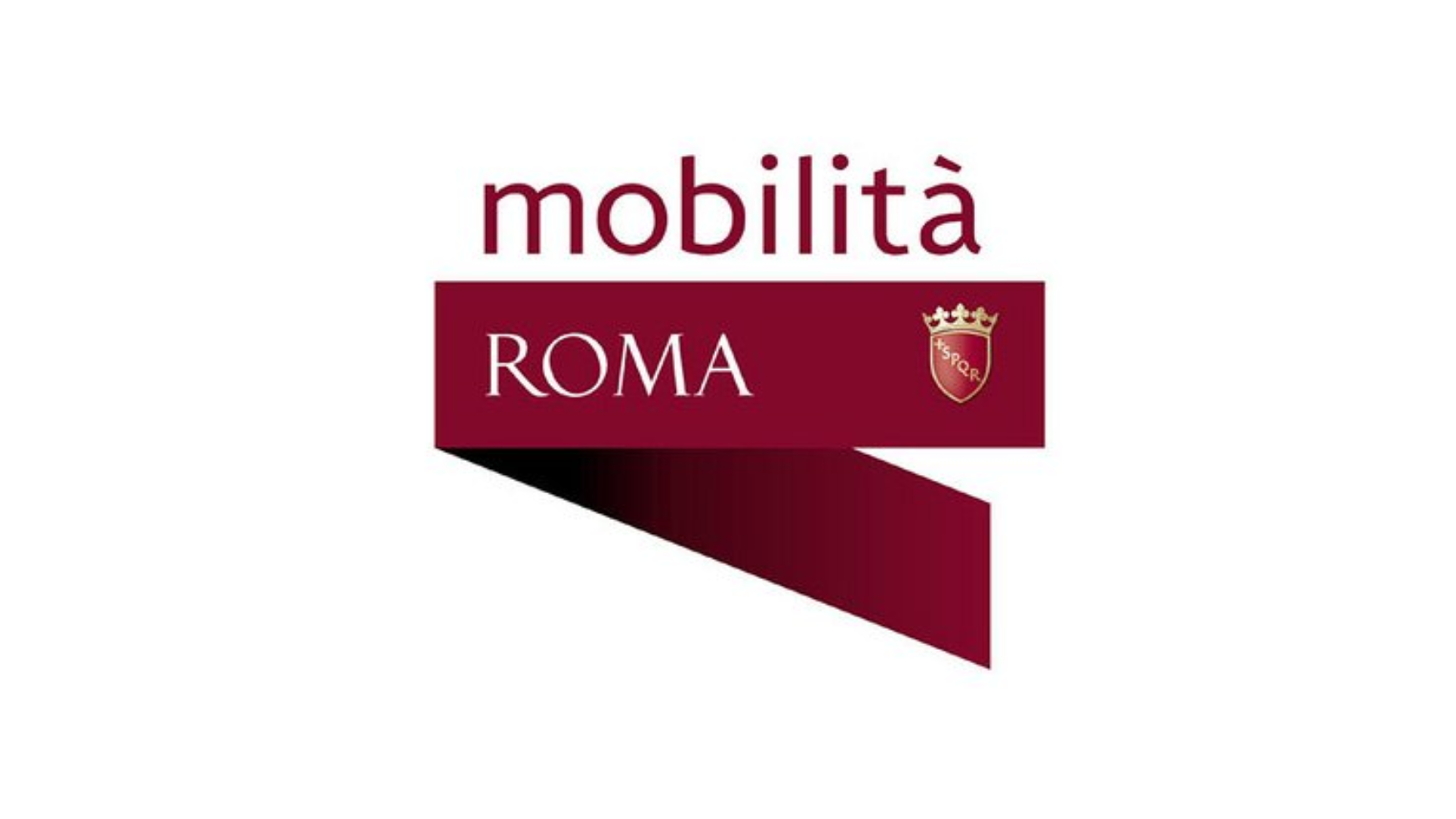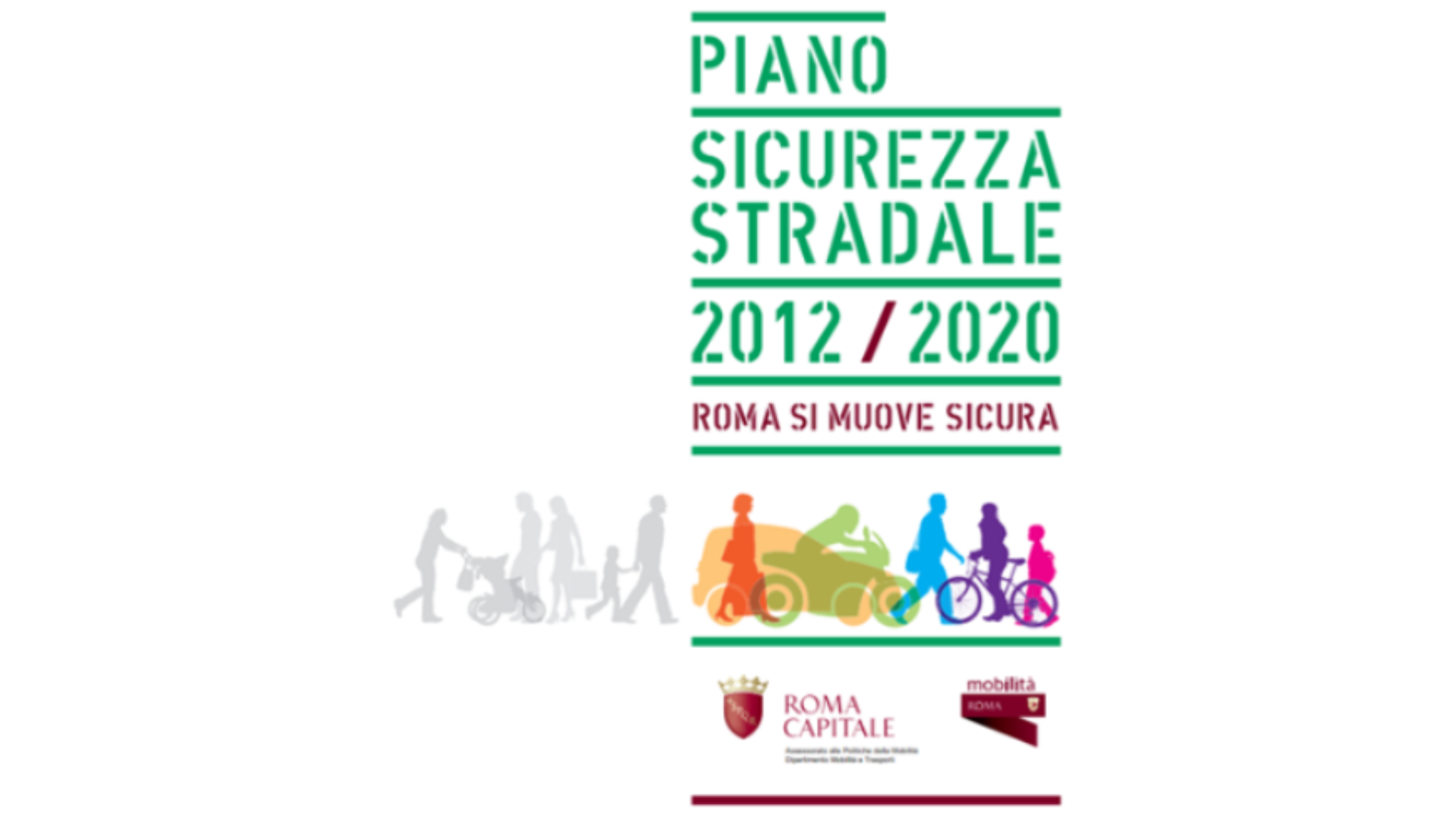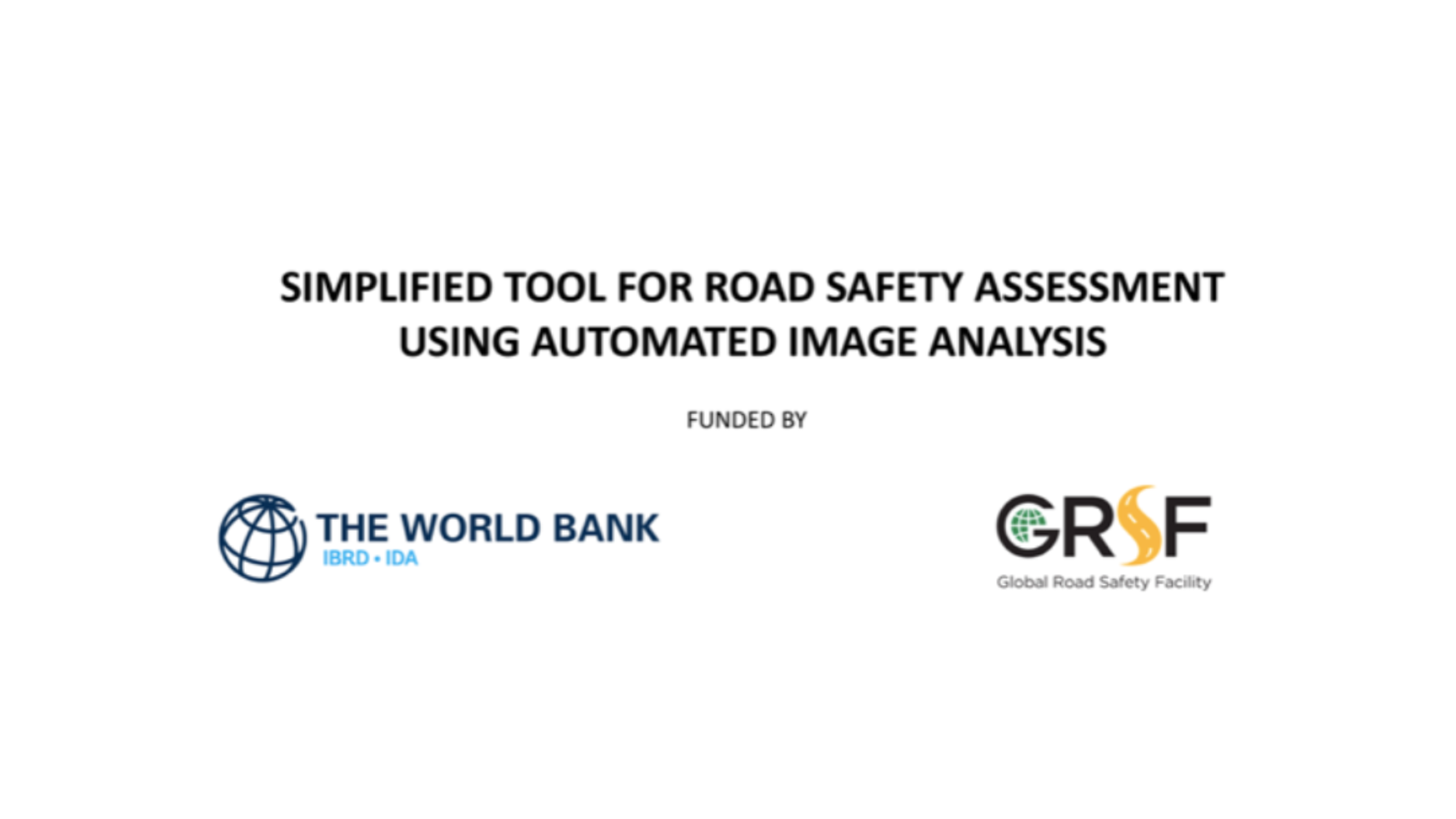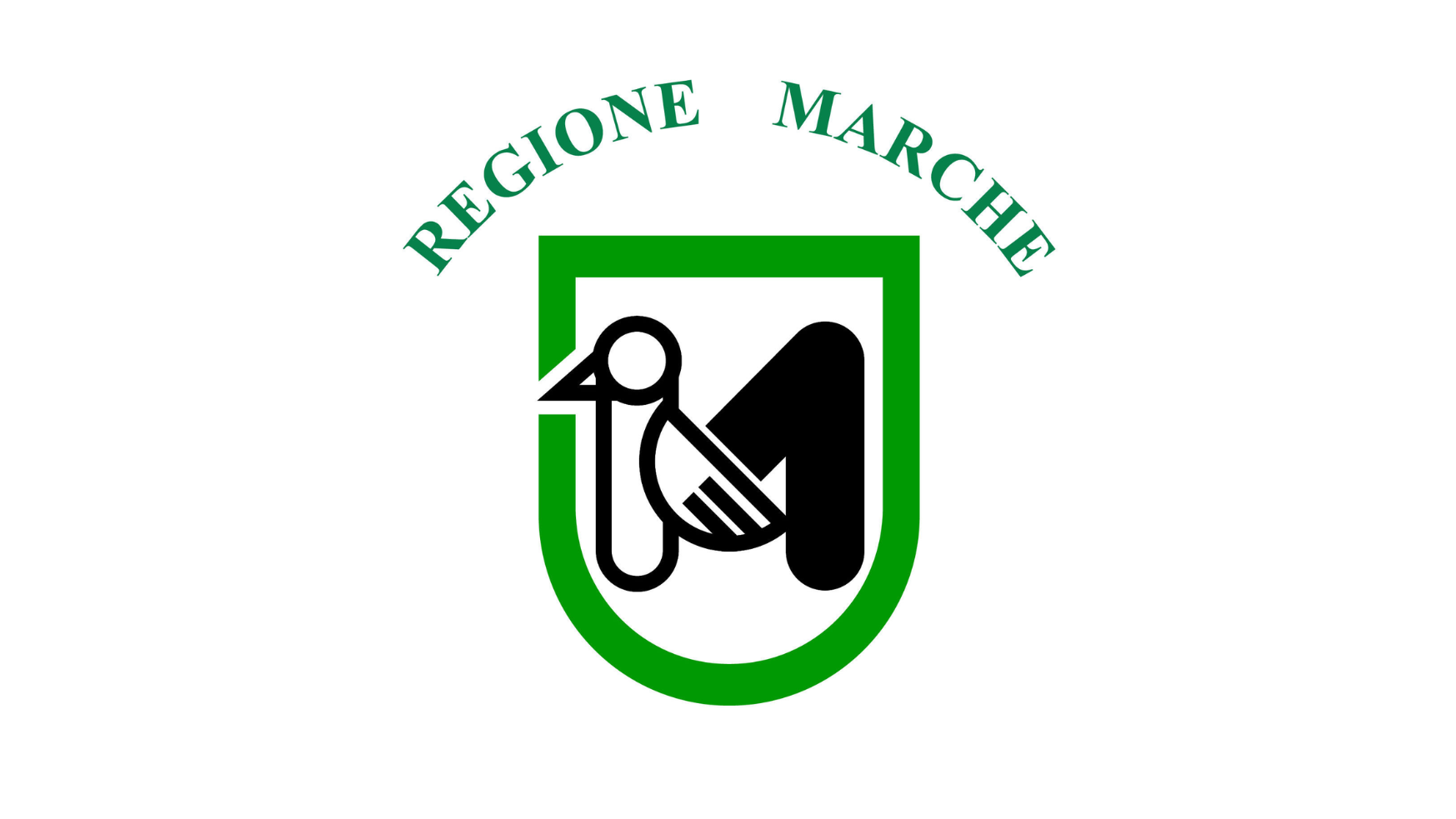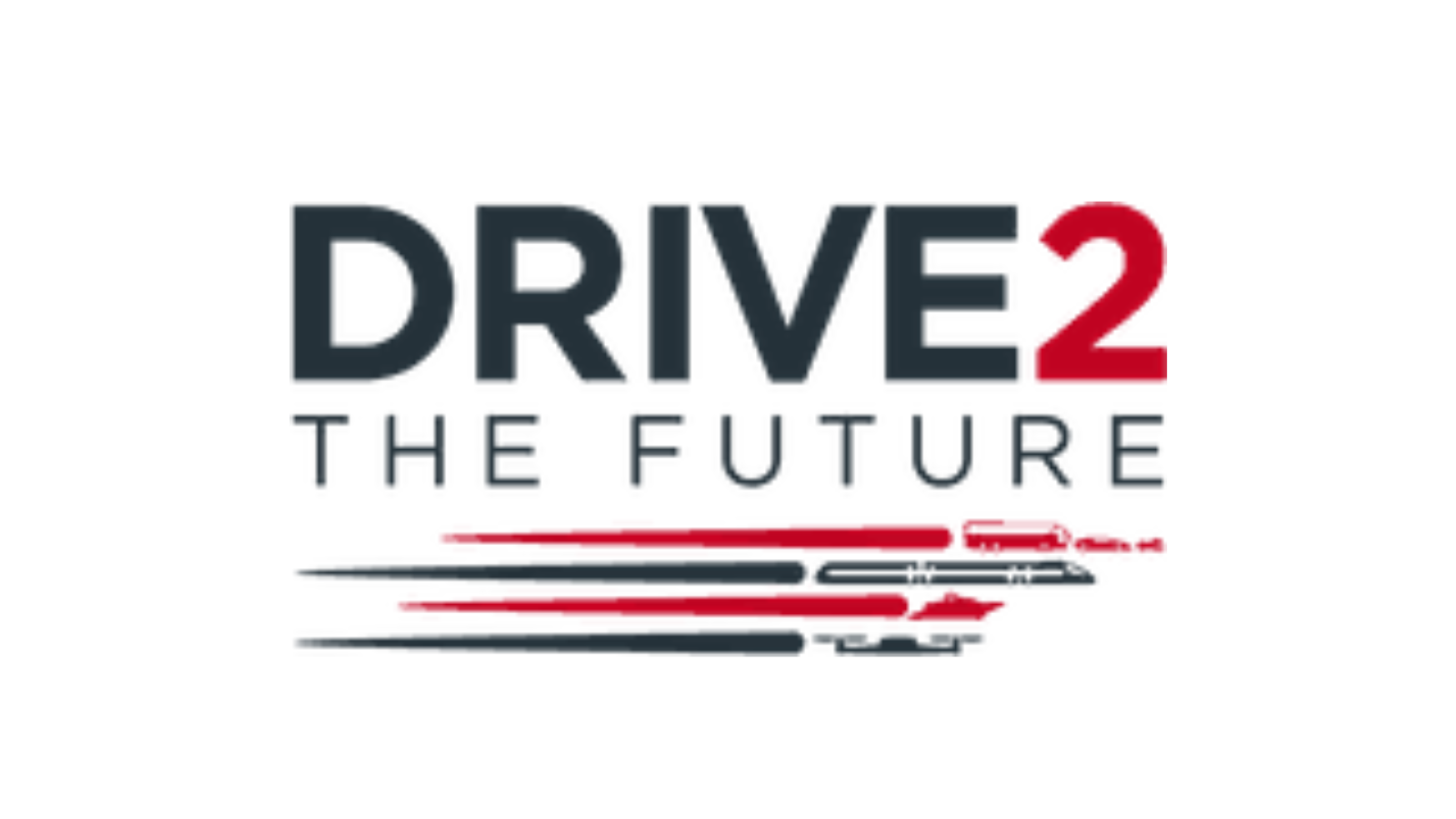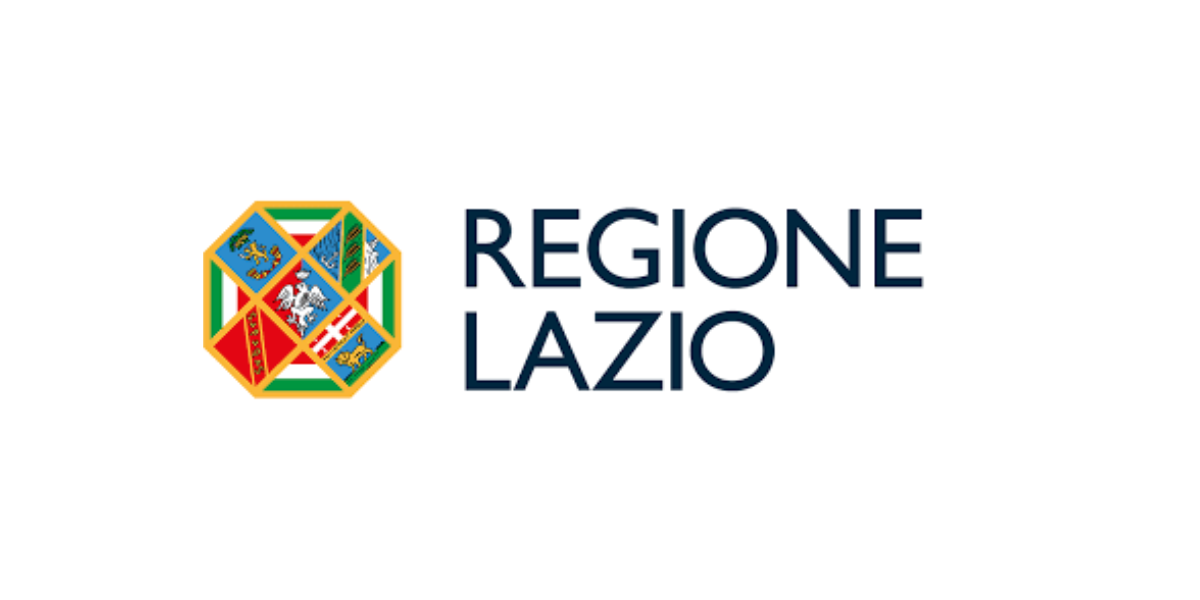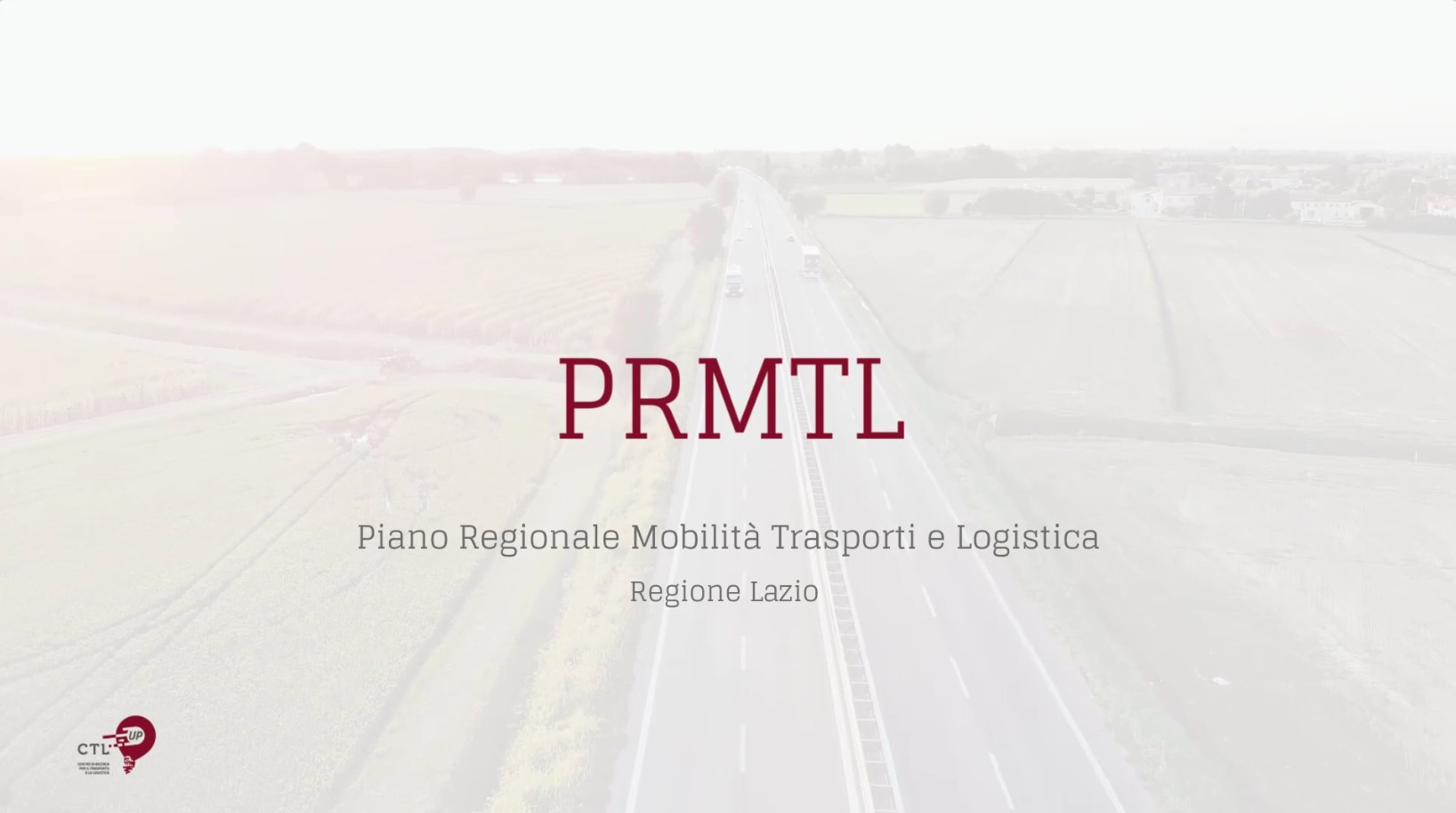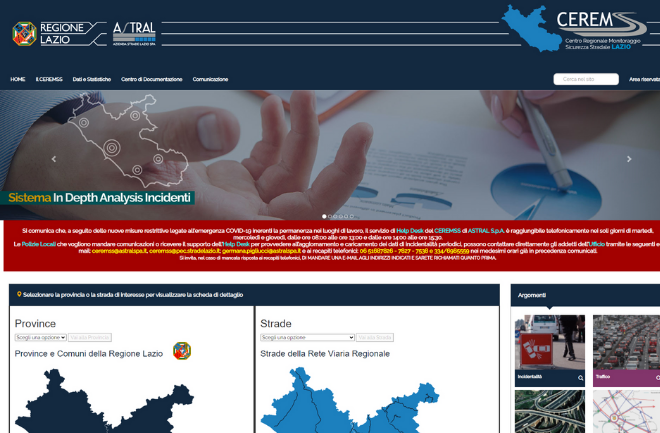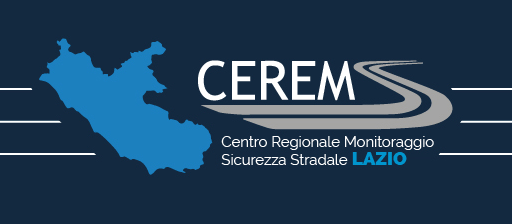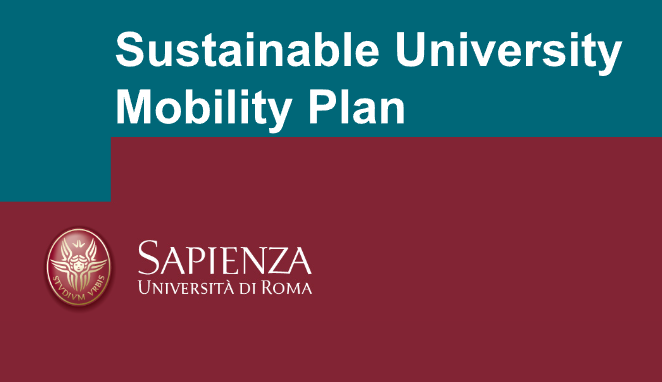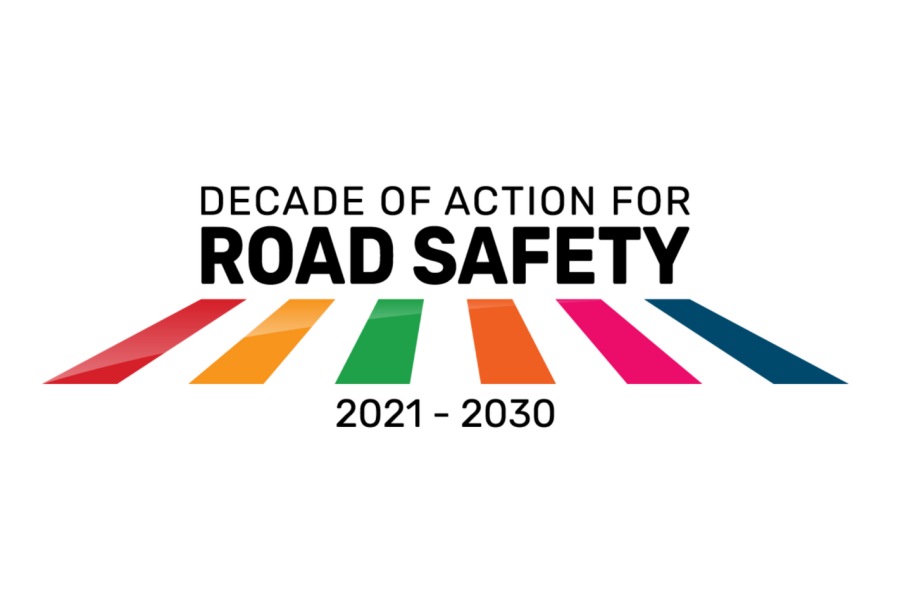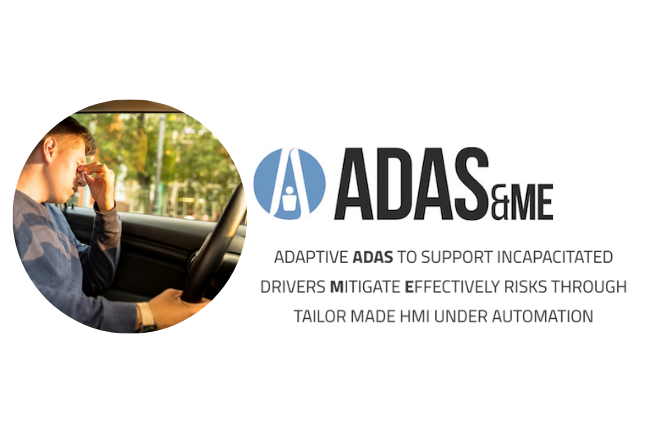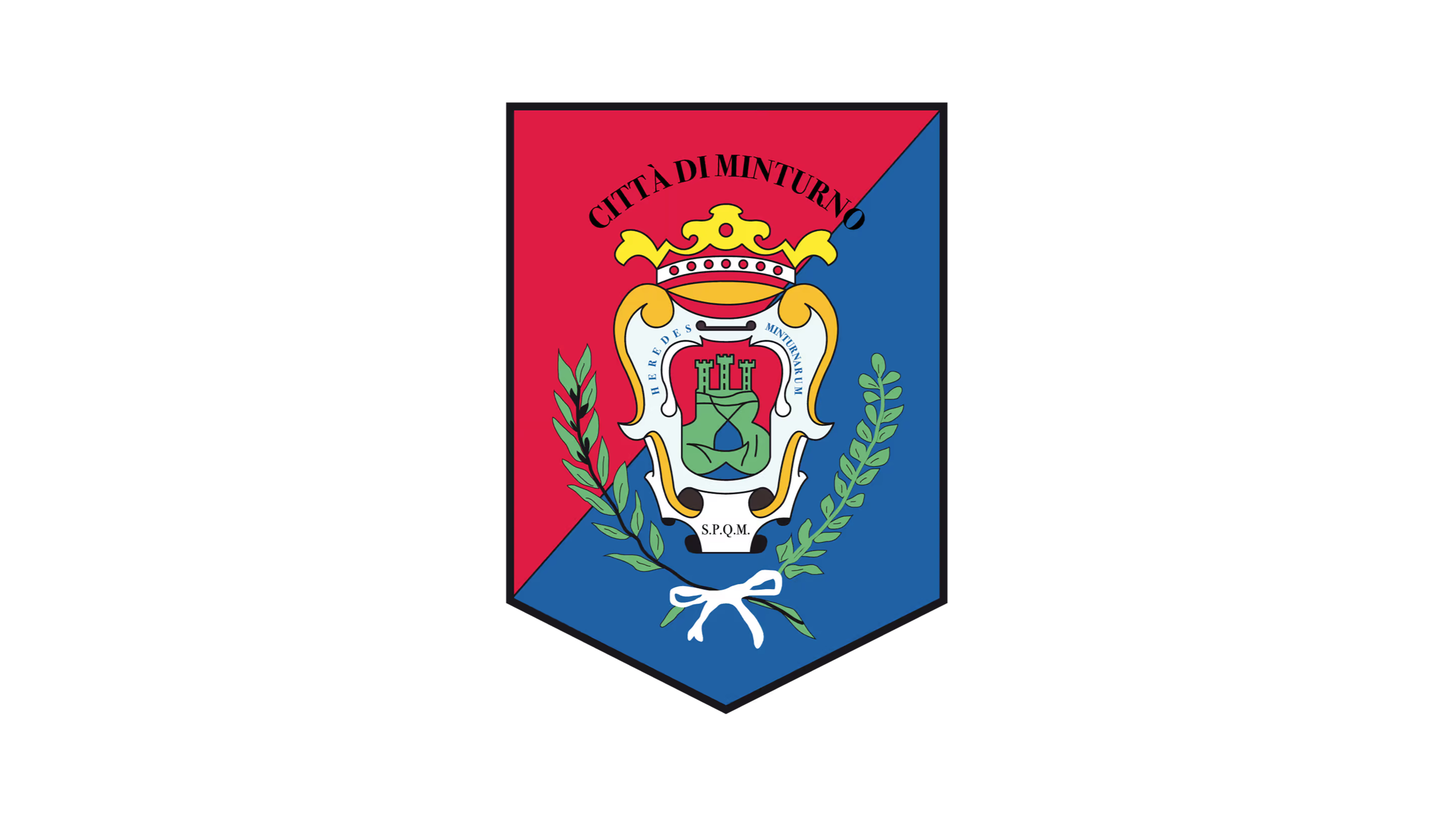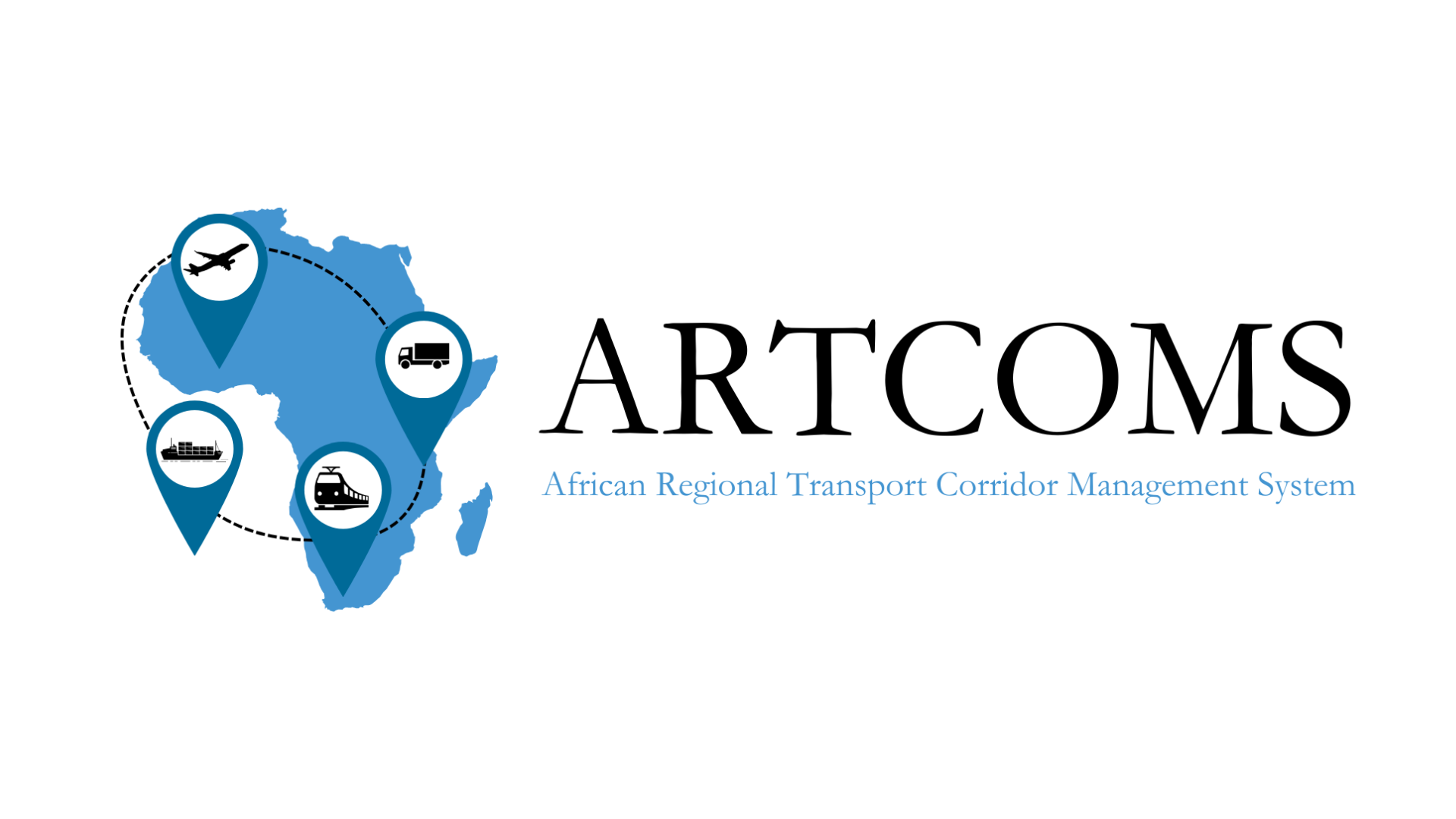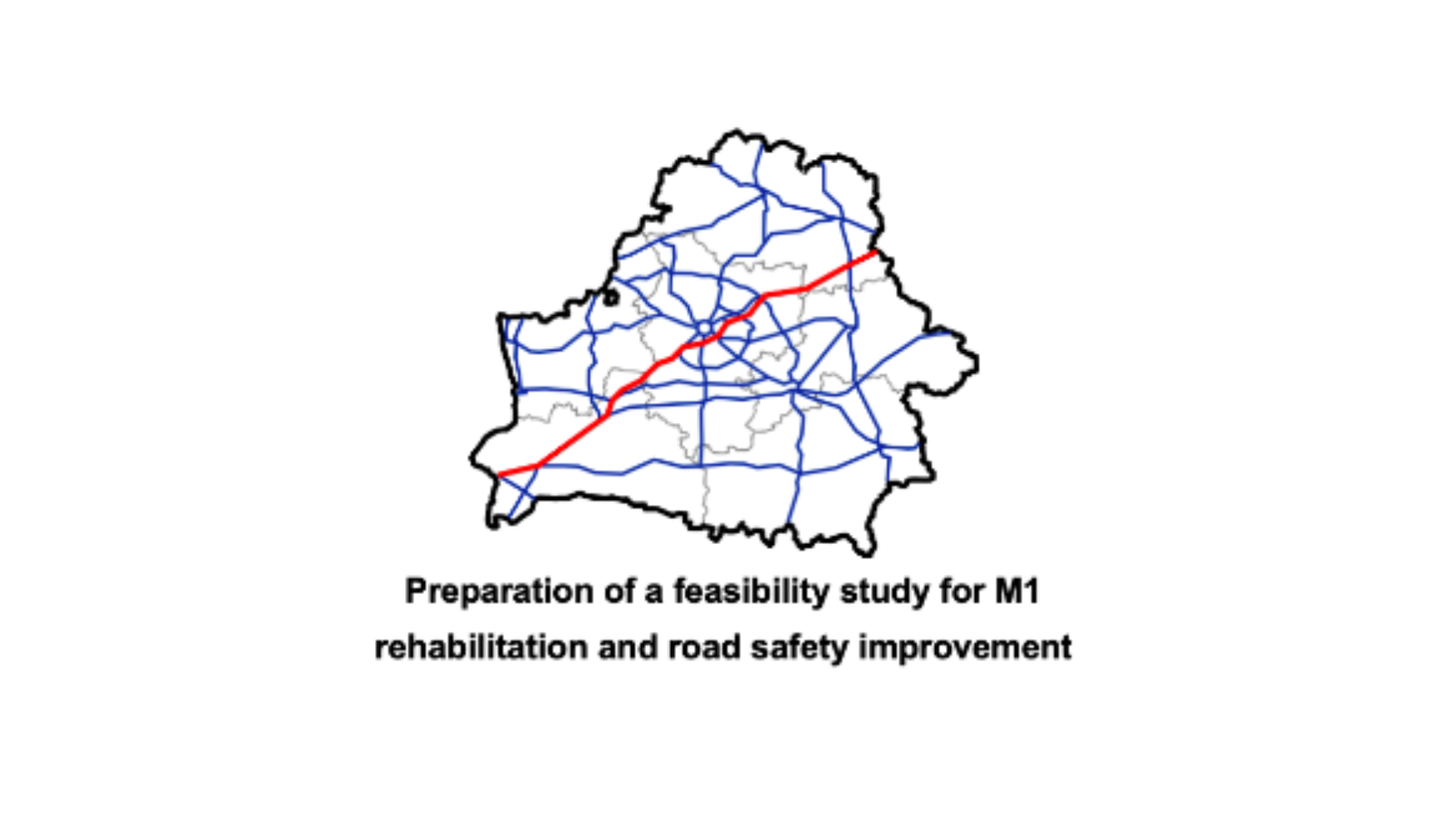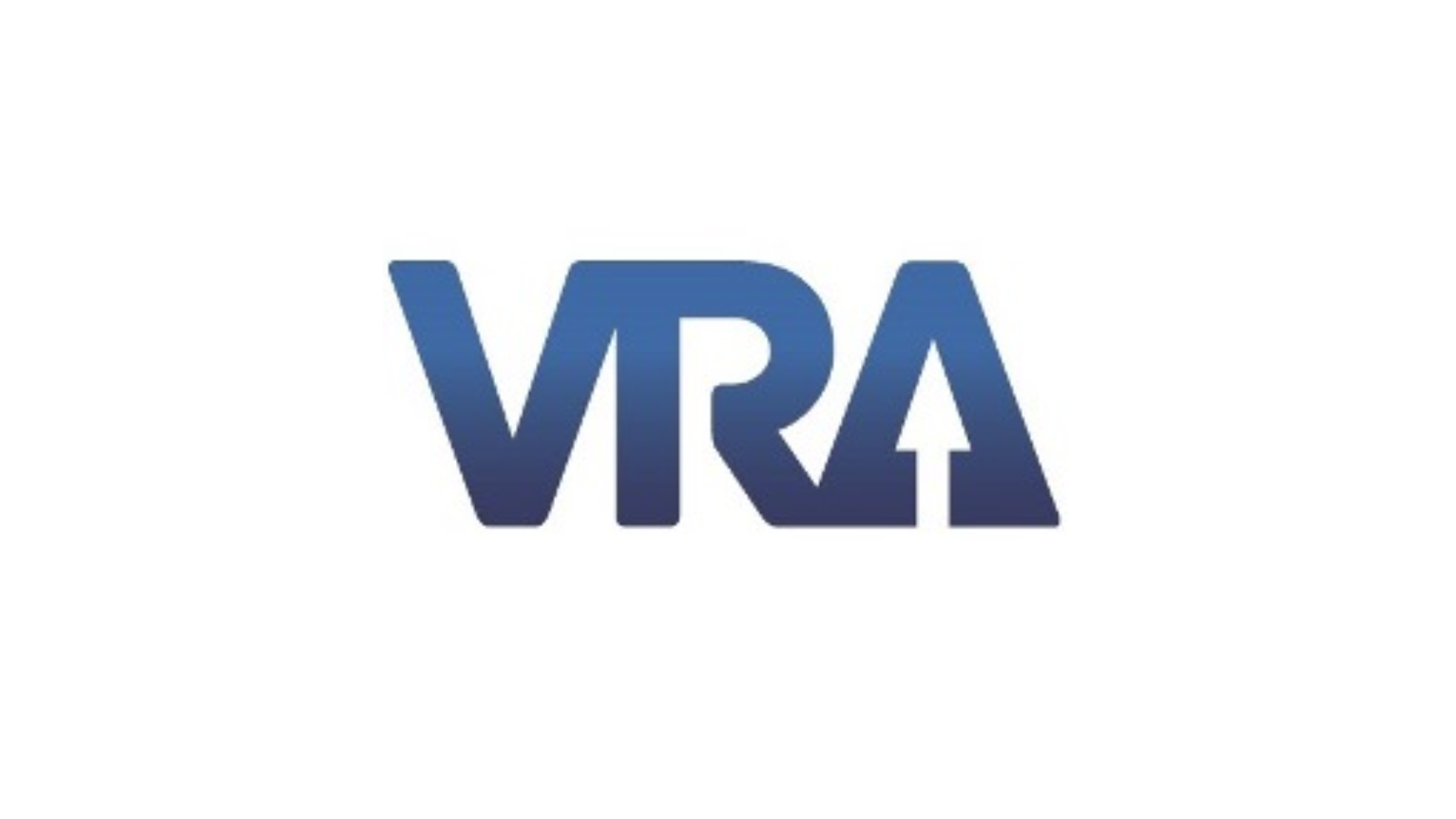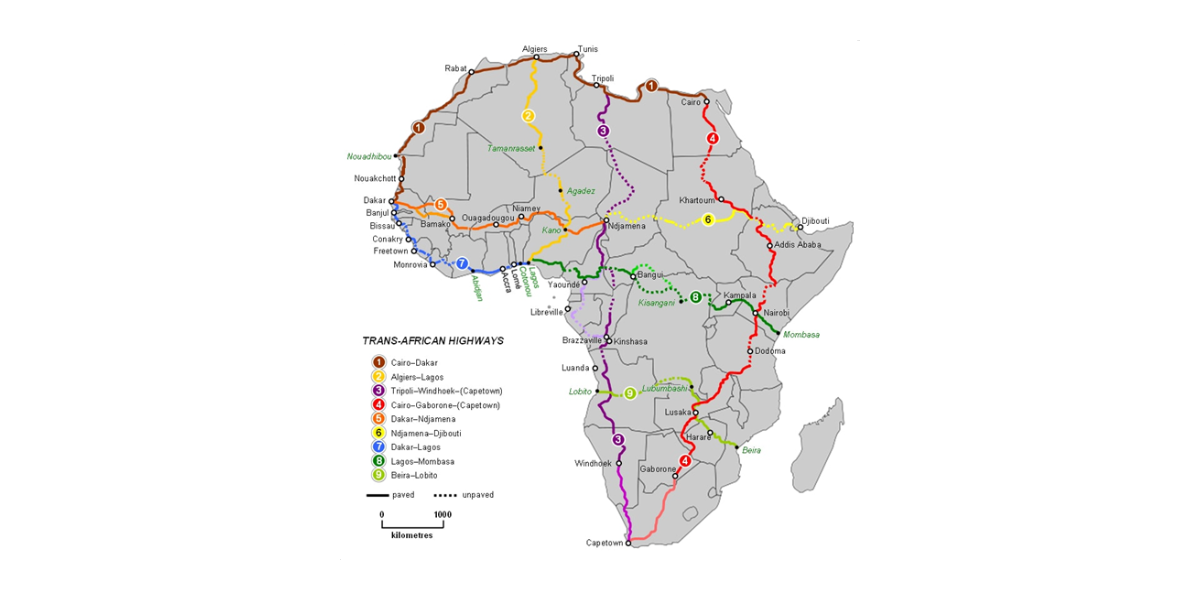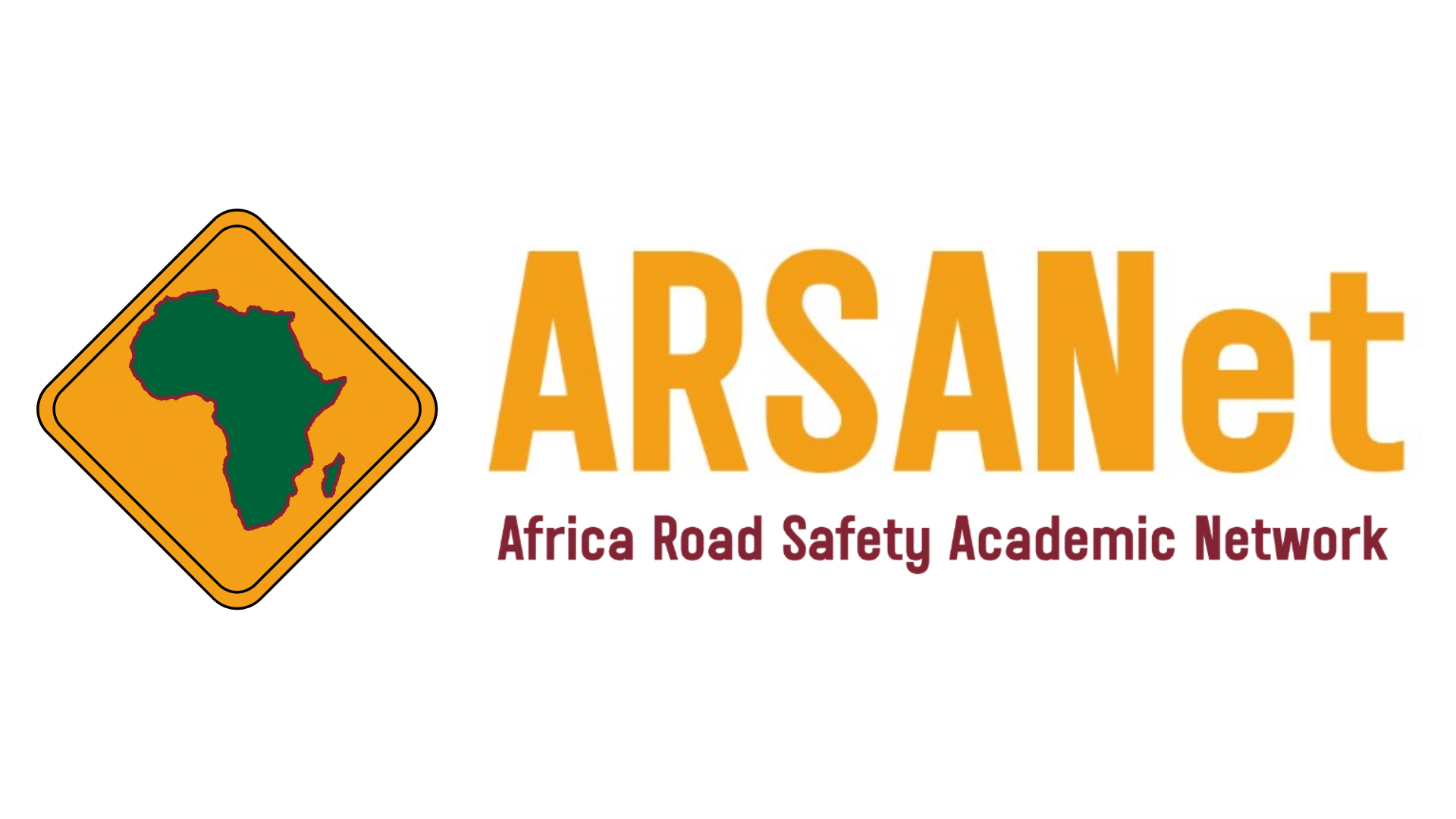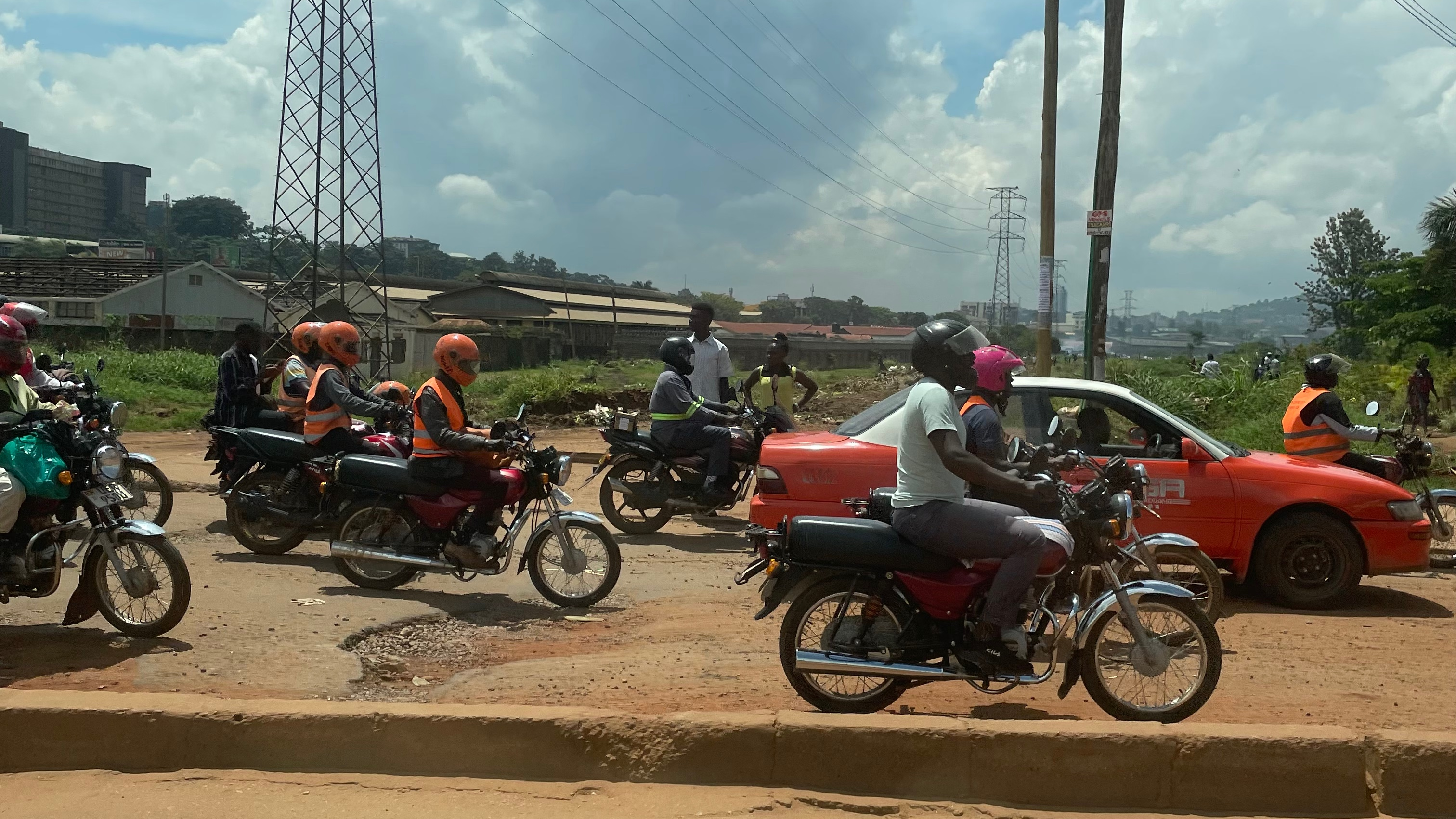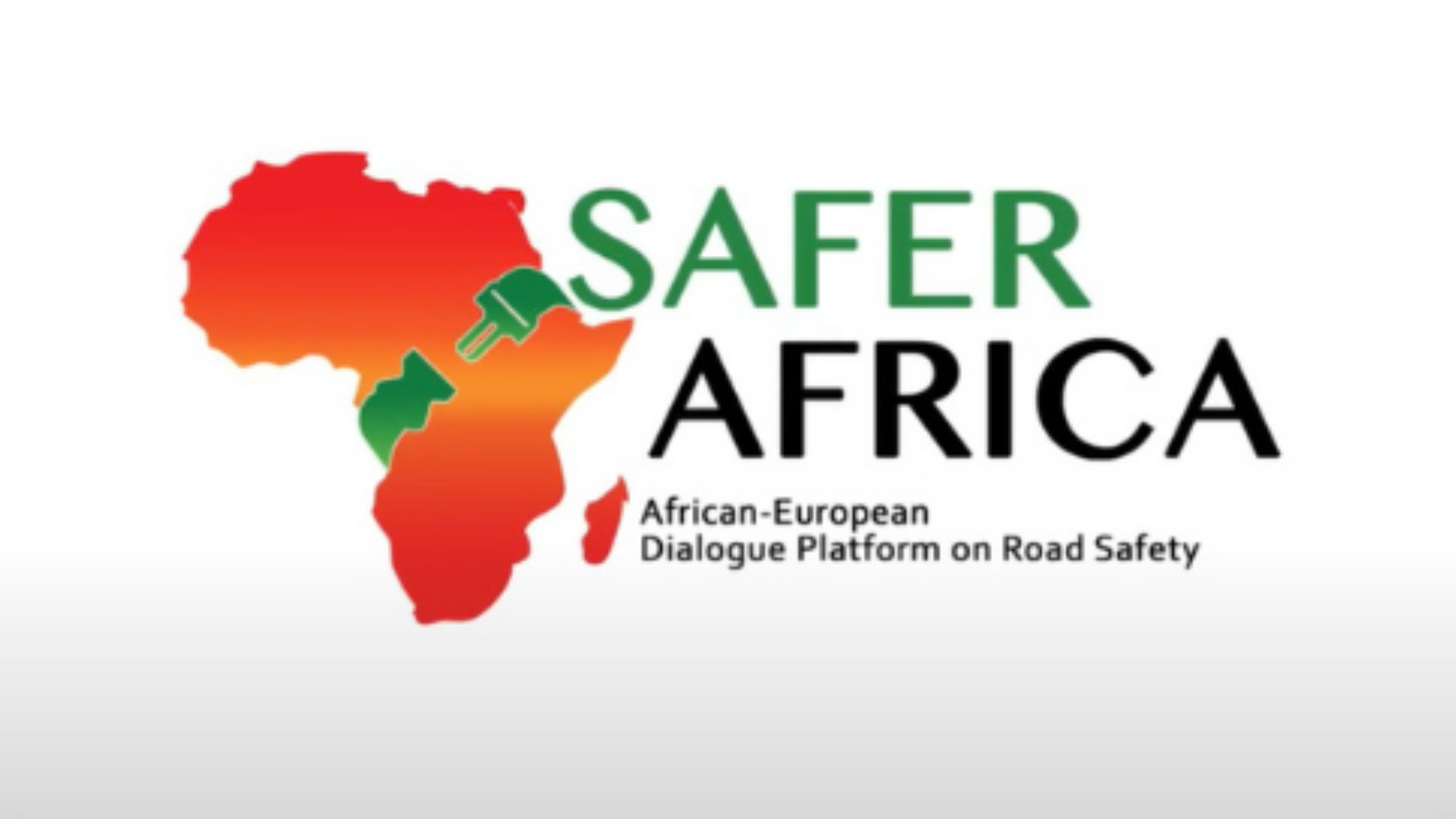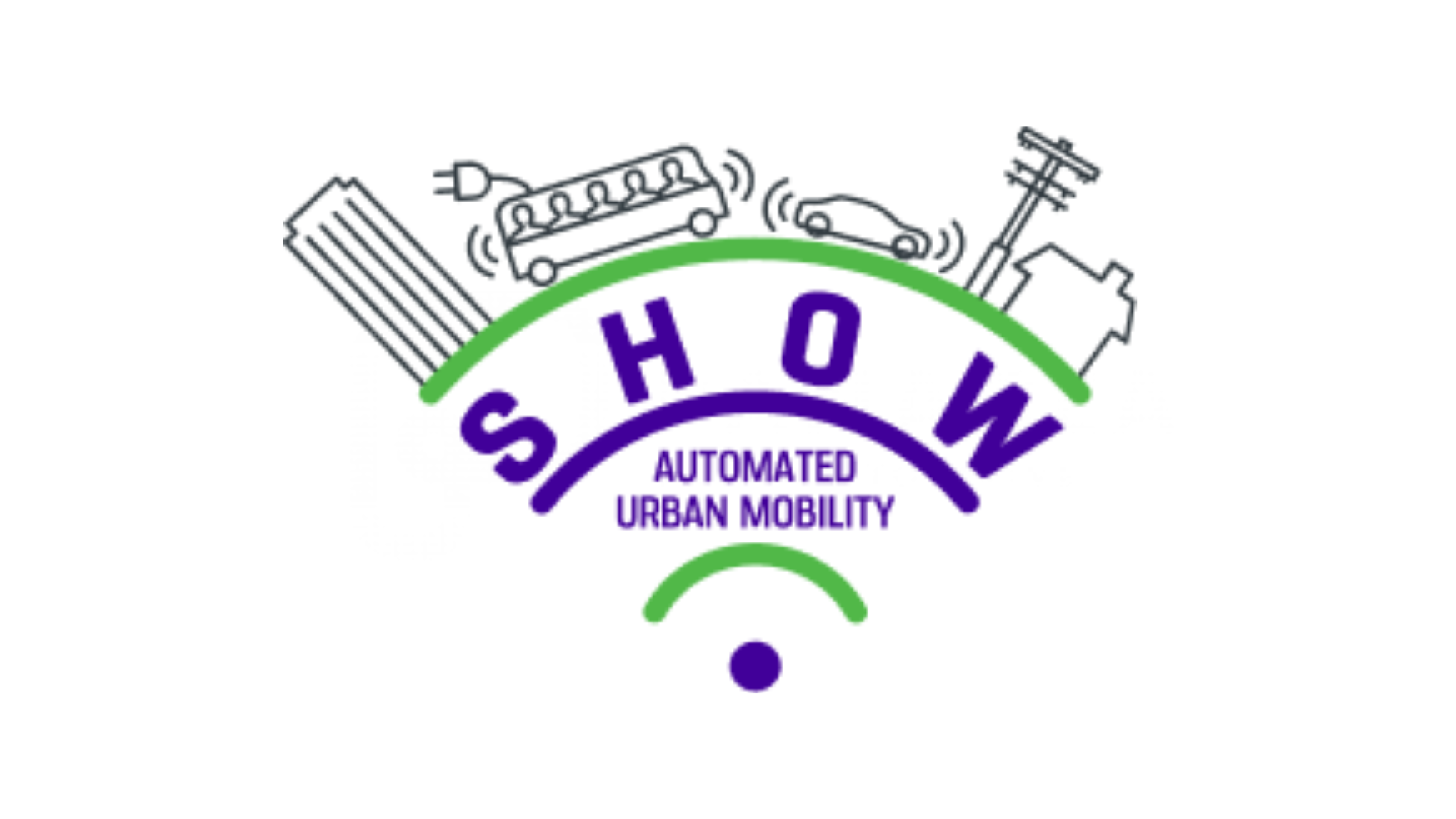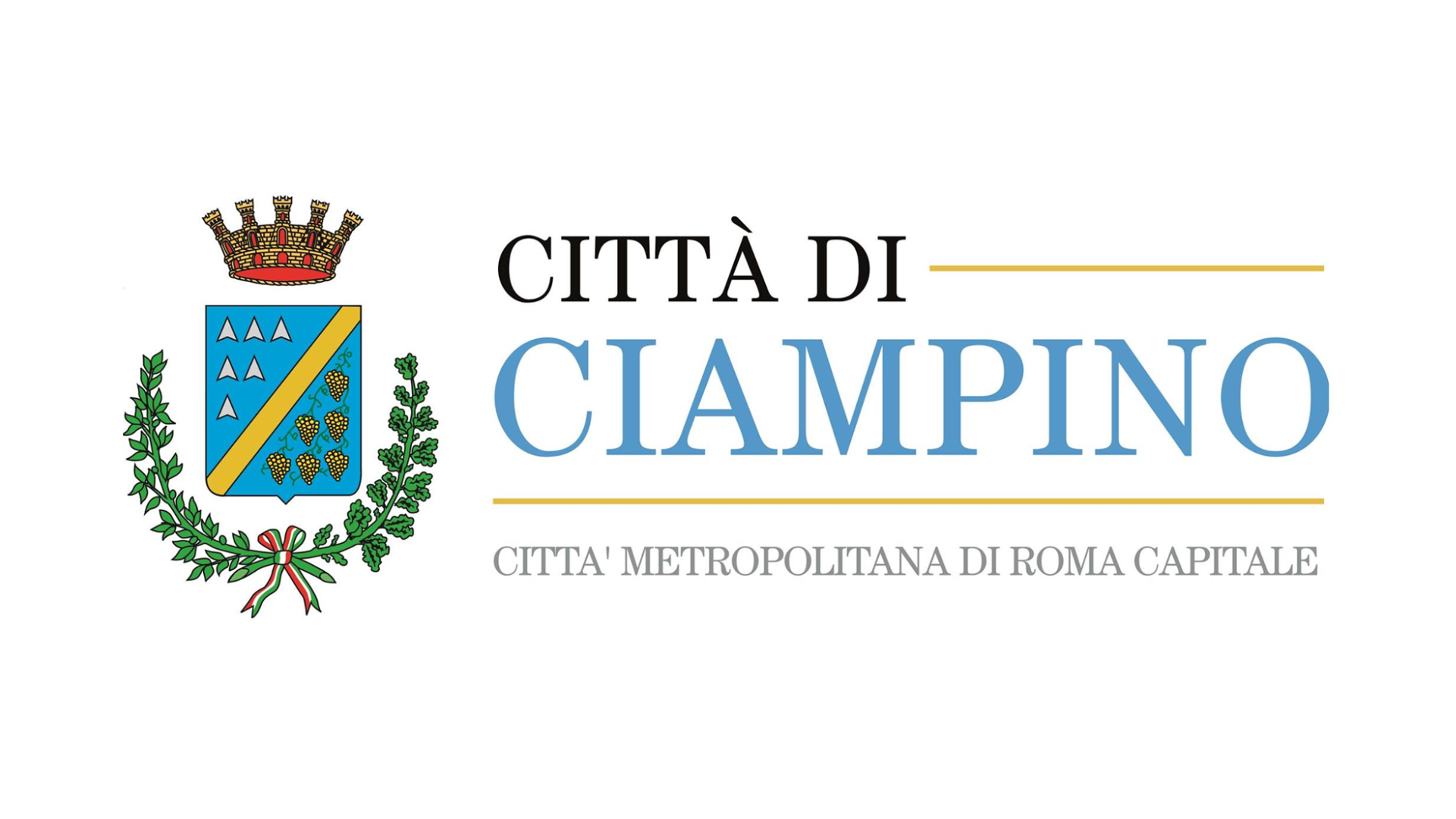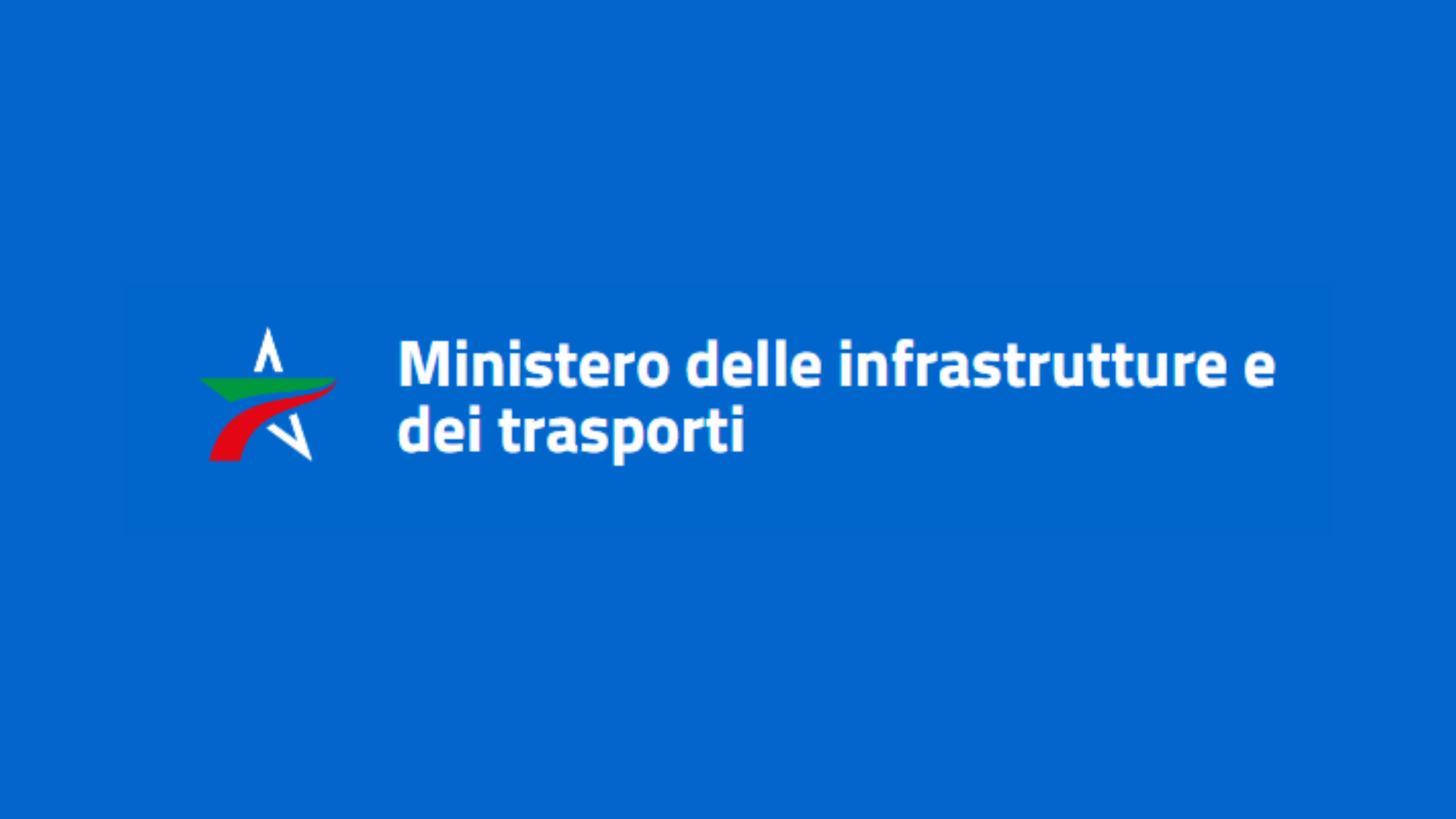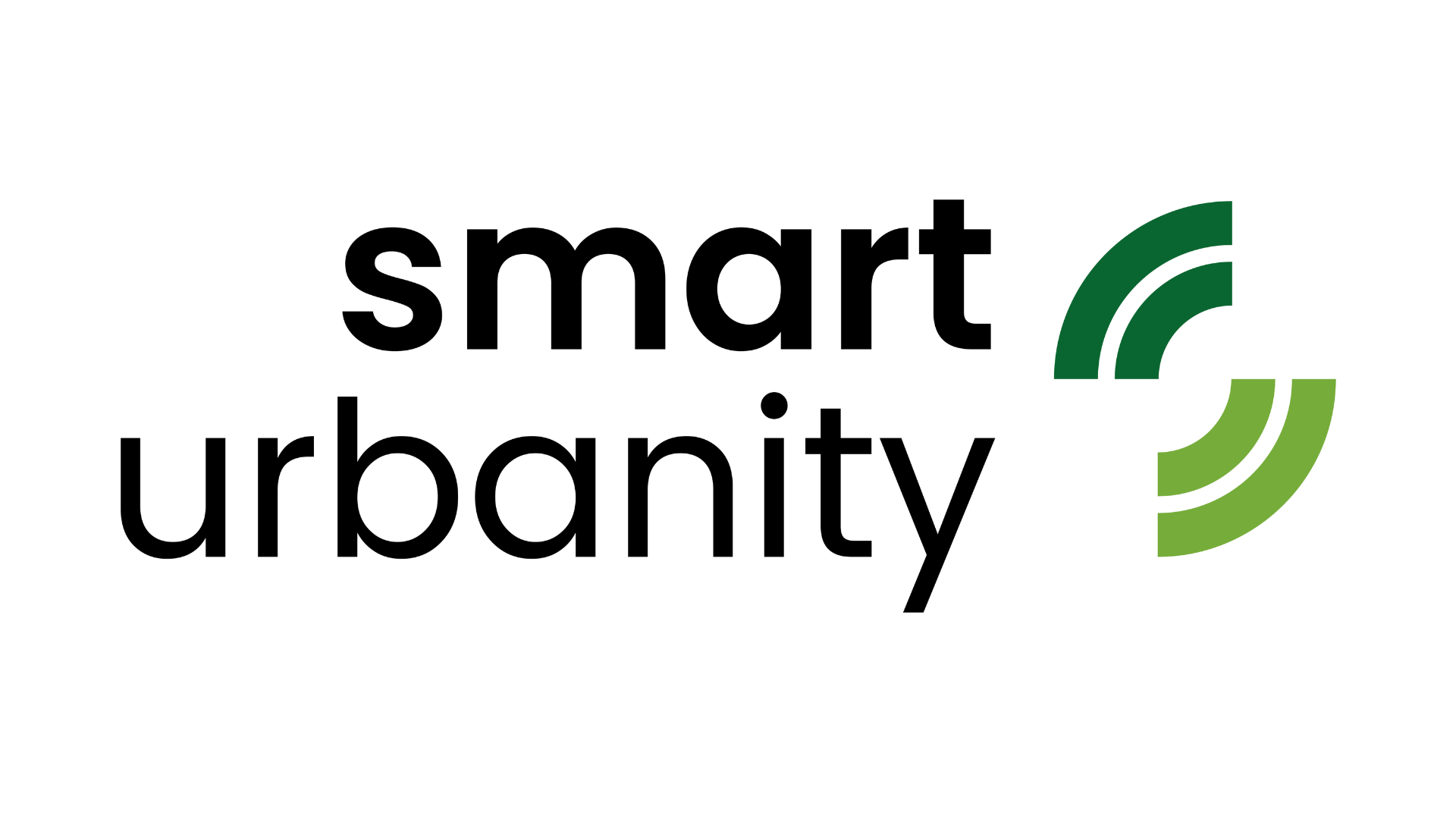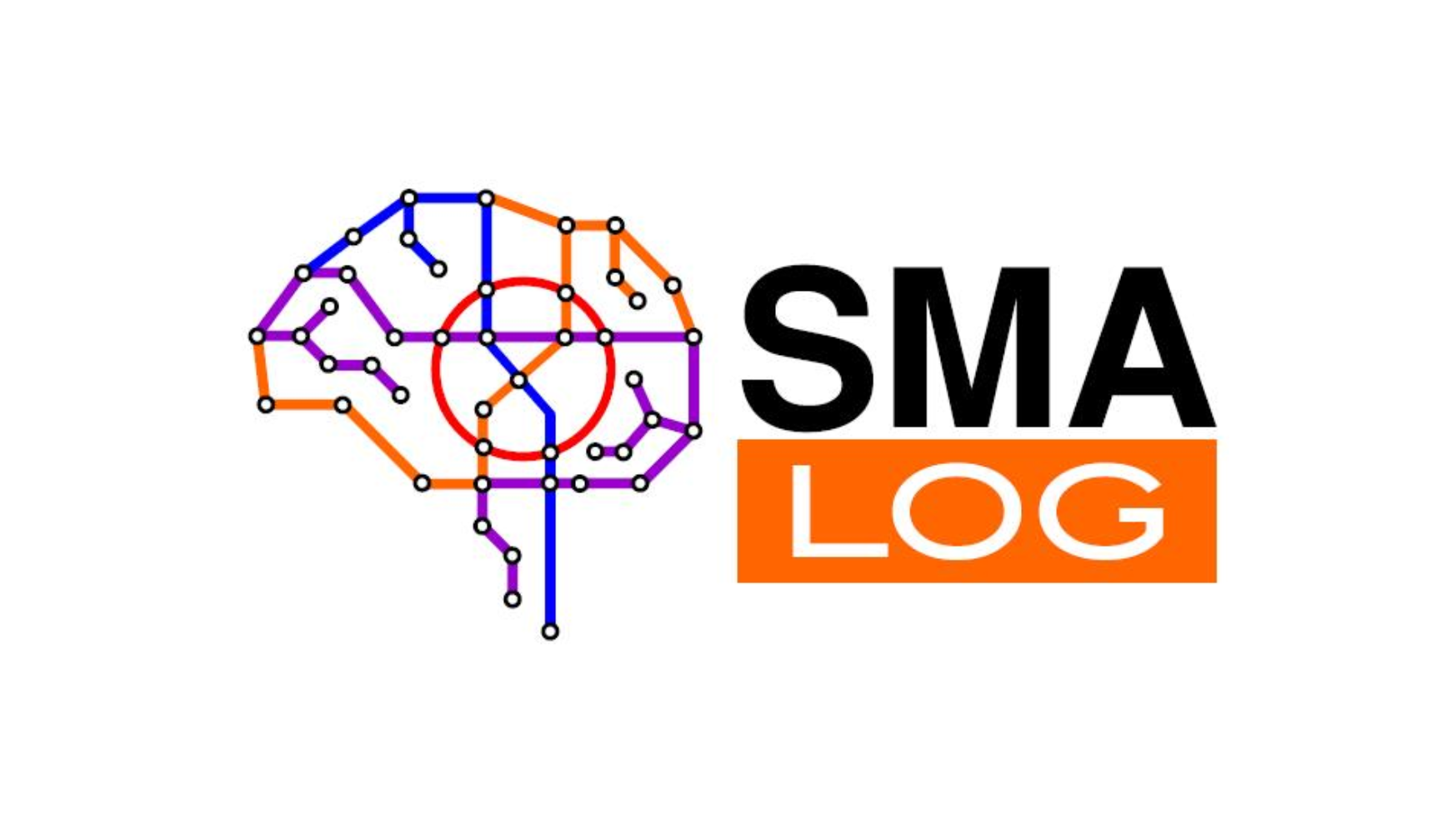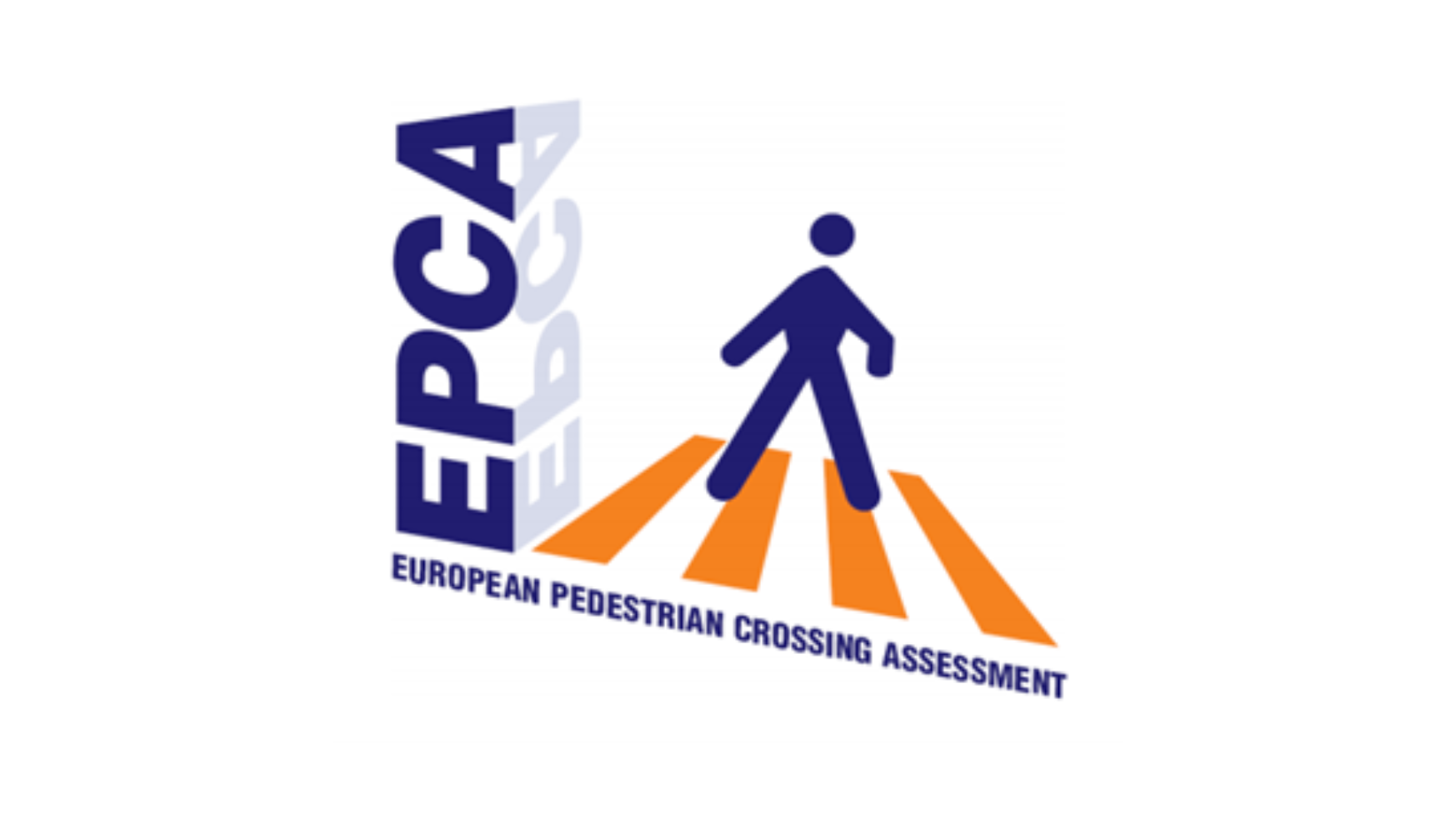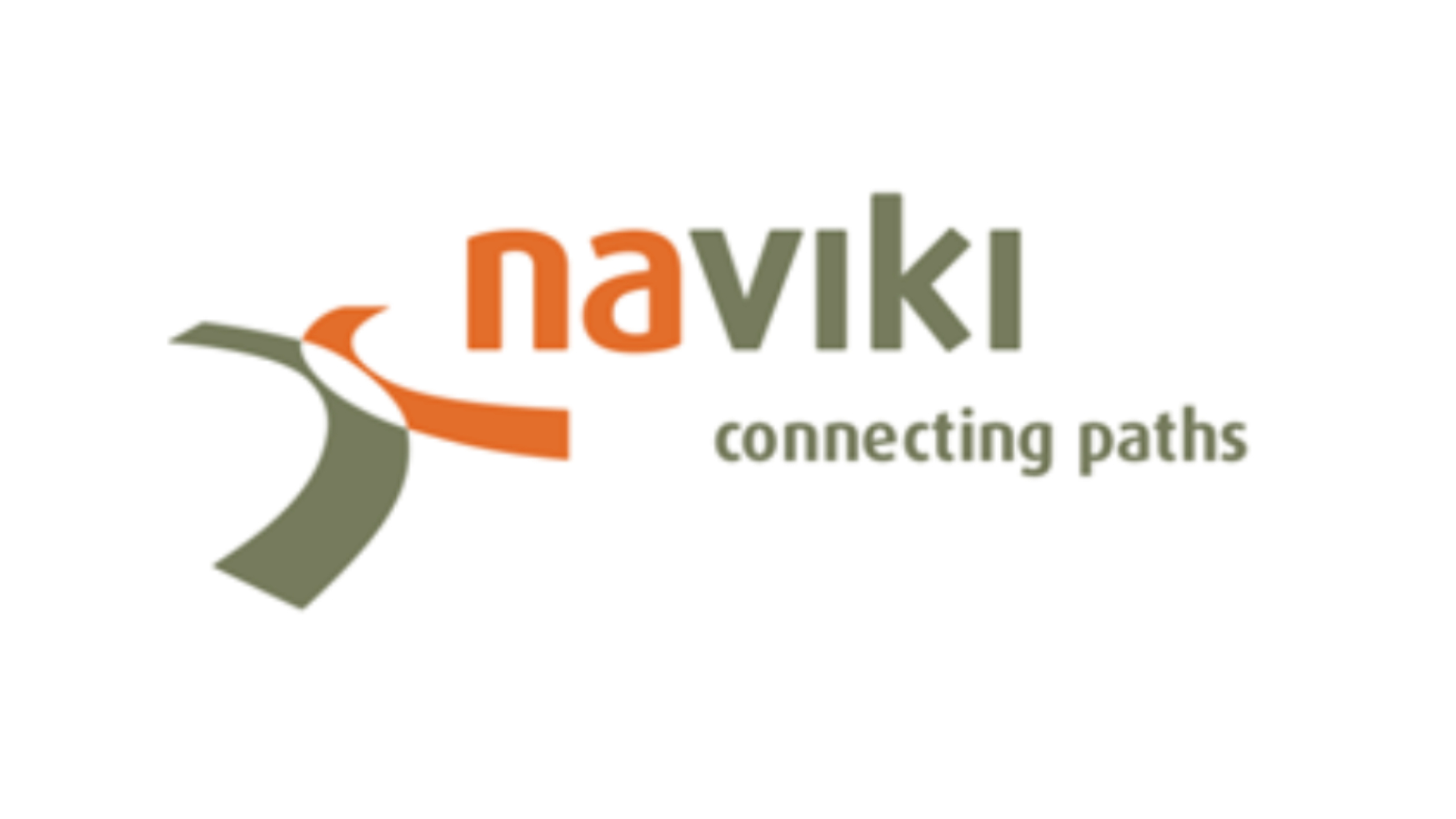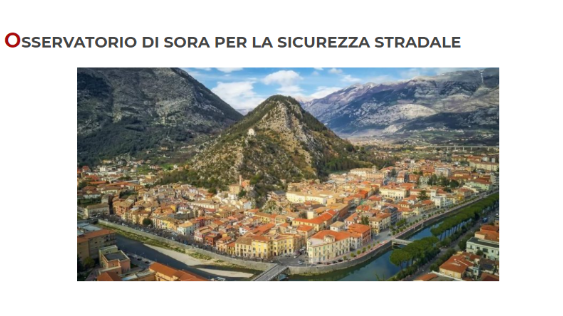The problem
Between 2017 and 2020, the Lazio Region Monitoring Center (CEREMSS) was designed and developed, managed by ASTRAL. From 2020 to 2022, further developments were made to CEREMSS. The Portal was created to be compatible with all major web browsers and widely used mobile devices (smartphones, tablets, netbooks, etc.), and was equipped with multimedia and interactive features, including map-based navigation functionalities for public engagement.
With the establishment of CEREMSS, the Lazio Region achieved a key objective set by the Ministry of Infrastructure and Transport: to monitor road accident trends and related factors, while also creating a center for information, outreach, and public engagement. The ultimate goal is to reduce the number of accidents, fatalities, and injuries on the roads of the Lazio Region.
ASTRAL Spa now intends to expand CEREMSS functionalities beyond road safety to include broader mobility aspects, by establishing the Regional Observatory for Mobility and Road Safety.
The idea of developing an integrated system for mobility, transport, and urban planning stems from the need to:
- Gain a broad and detailed overview of what is happening on the roads and throughout the Lazio Region.
- Monitor the systems and their interactions.
- Identify solutions and interventions capable of reducing the number of accidents and improving collective mobility.
- Ensure widespread dissemination of knowledge across all sectors.
Our approach
The activities carried out by our working group aim to achieve the following objectives:
- Develop an integrated system addressing mobility, transport, urban planning, and road safety.
- Expand the mobility planning processes for the Lazio Region.
- Implement technical and innovative tools to support regional institutions in addressing road safety and mobility issues.
- Initiate new planning processes and management models that consider new technologies (drones, big data, etc.).
- Create a monitoring system that enables real-time detection of operational issues in the regional transport systems, as well as the assessment of the actual impact of implemented interventions.
- Strengthen societal awareness and culture in the areas of transport, mobility, urban planning, and road safety.
- Maintain and enhance communication and citizen engagement channels, through crowdsourcing tools that have already been successfully employed in recent years.
